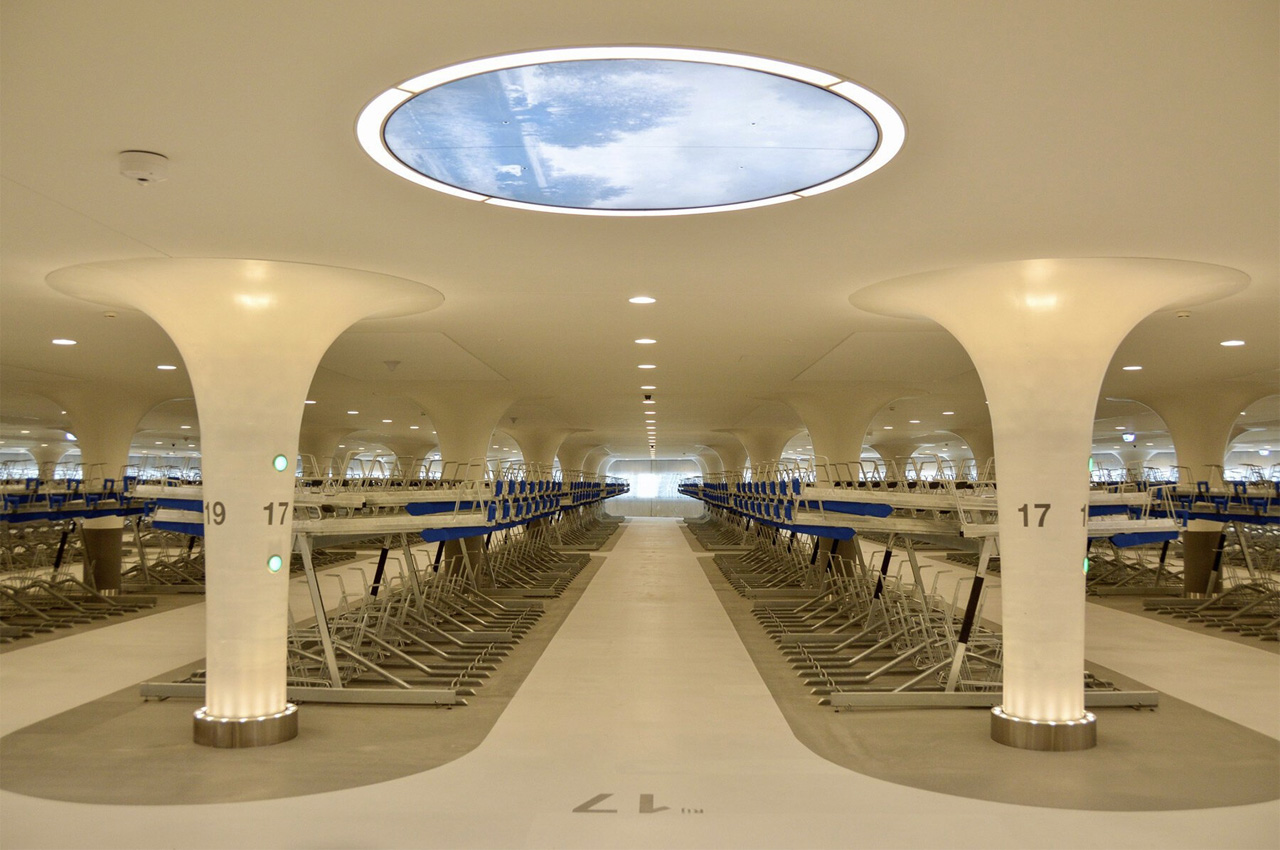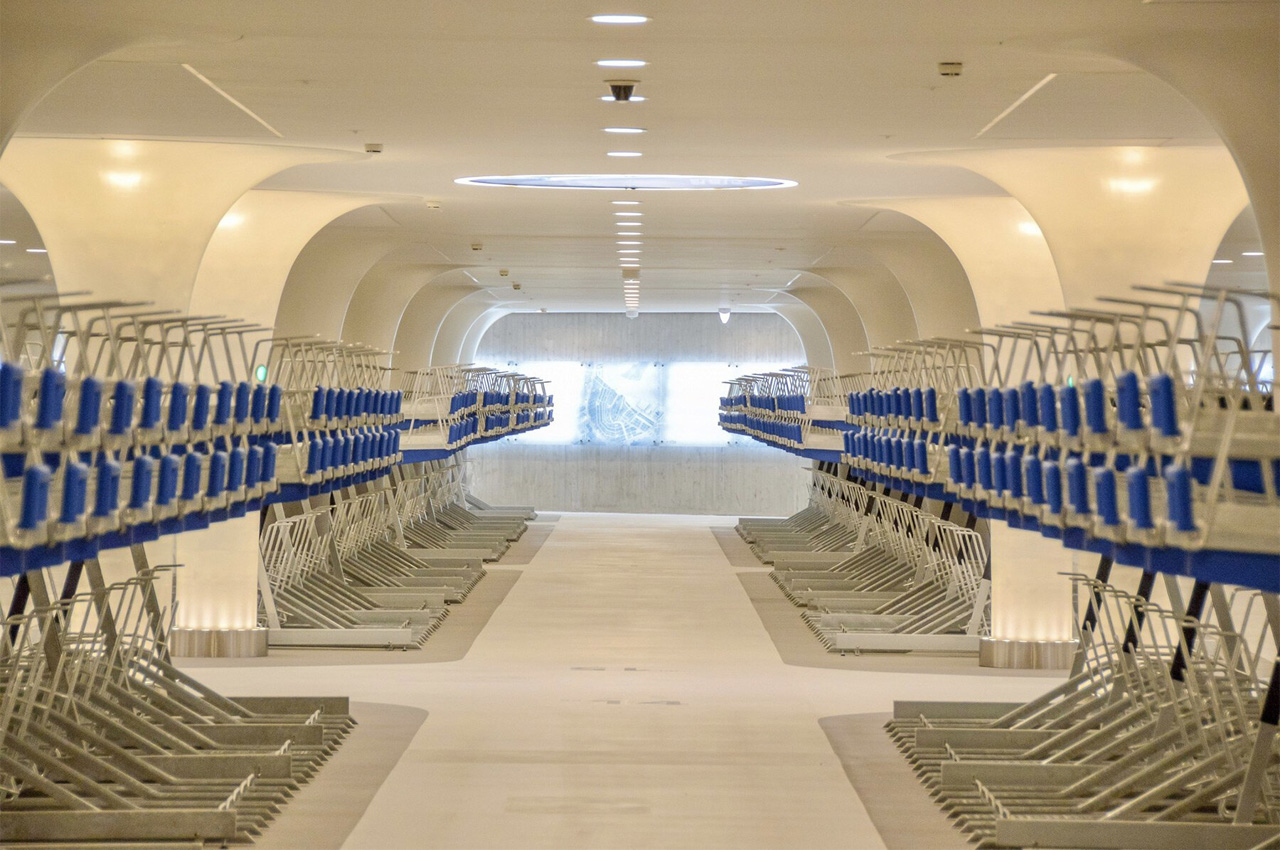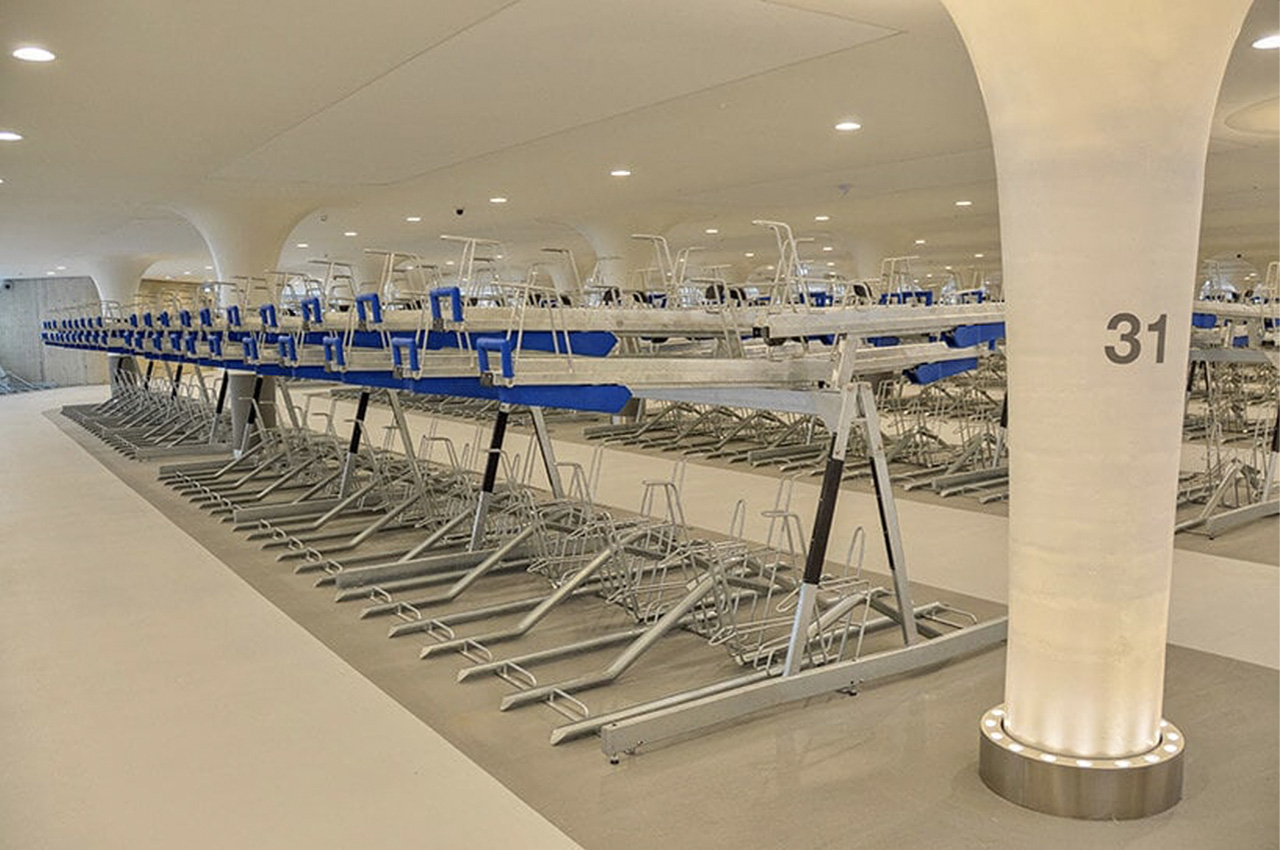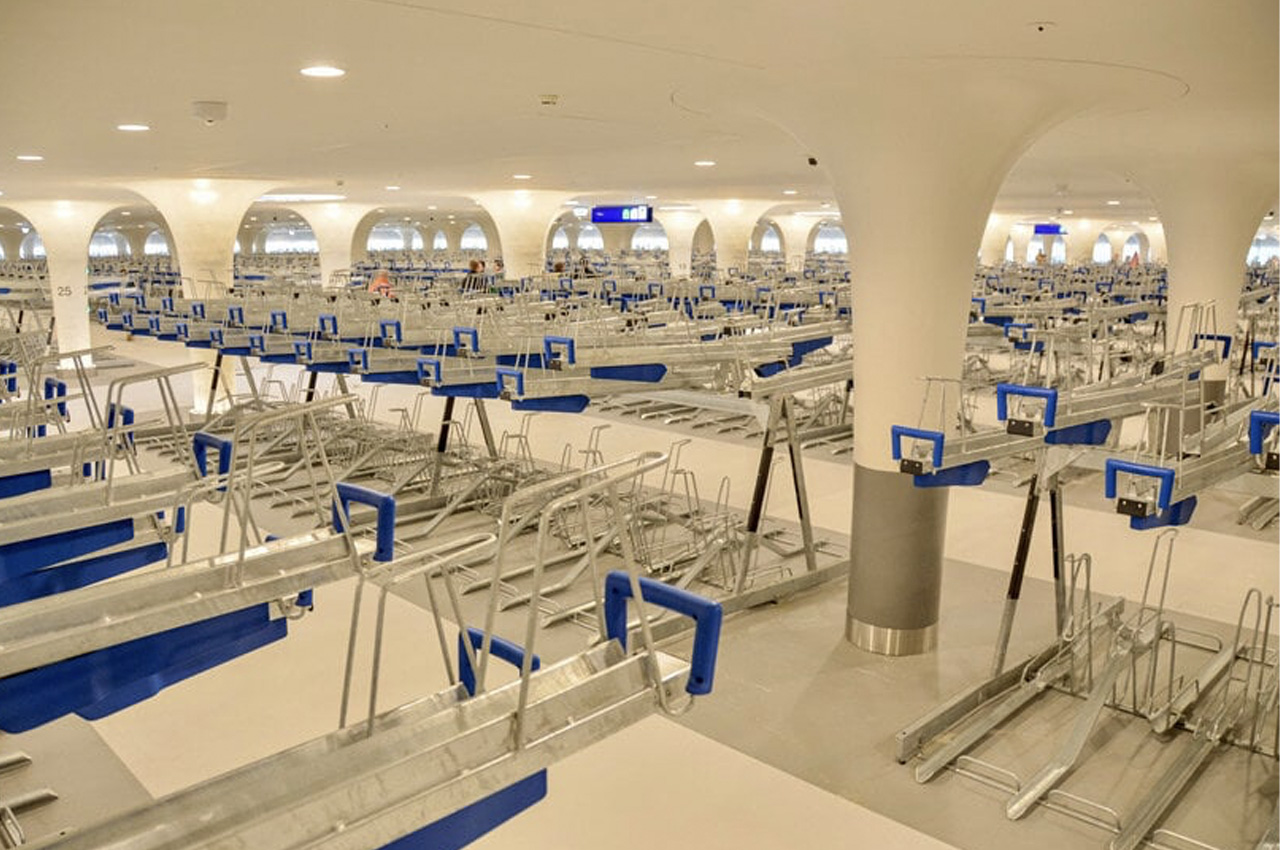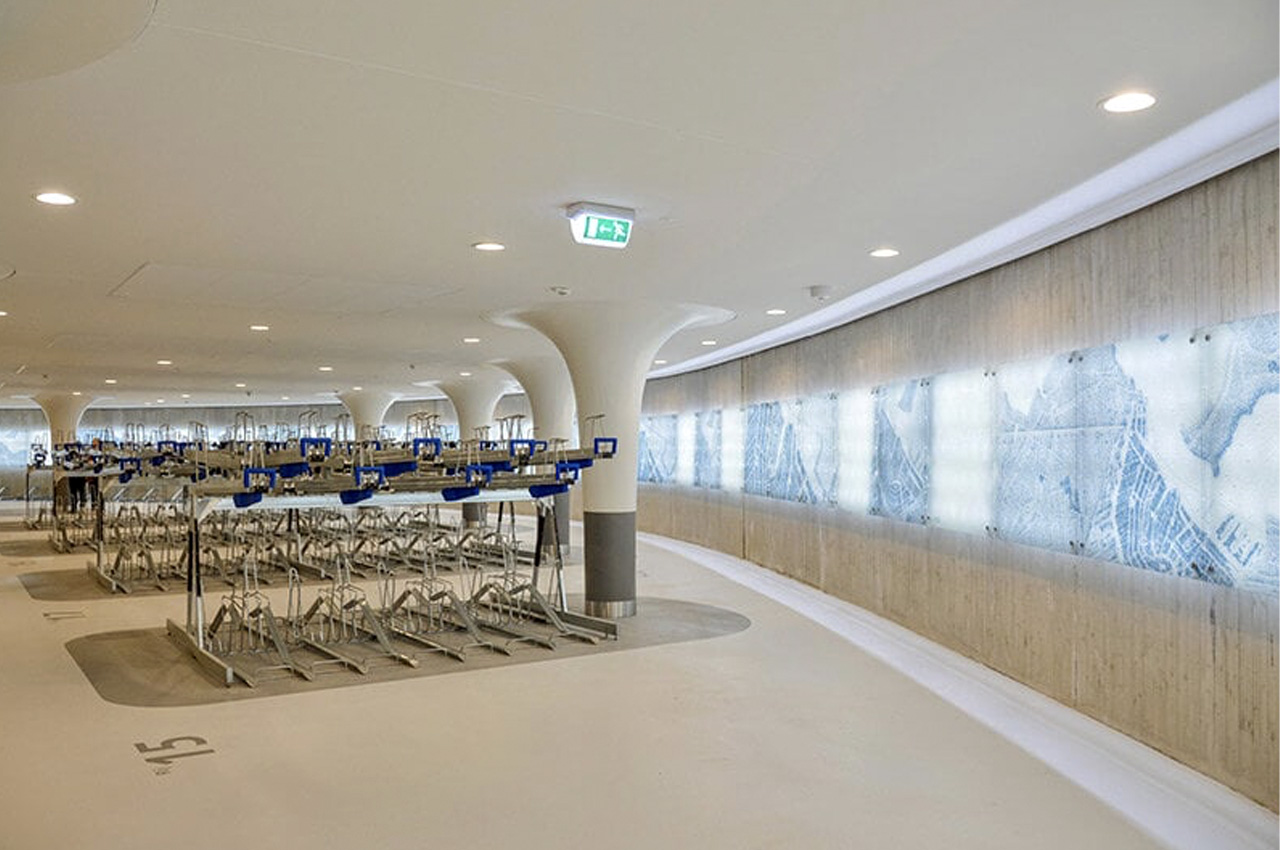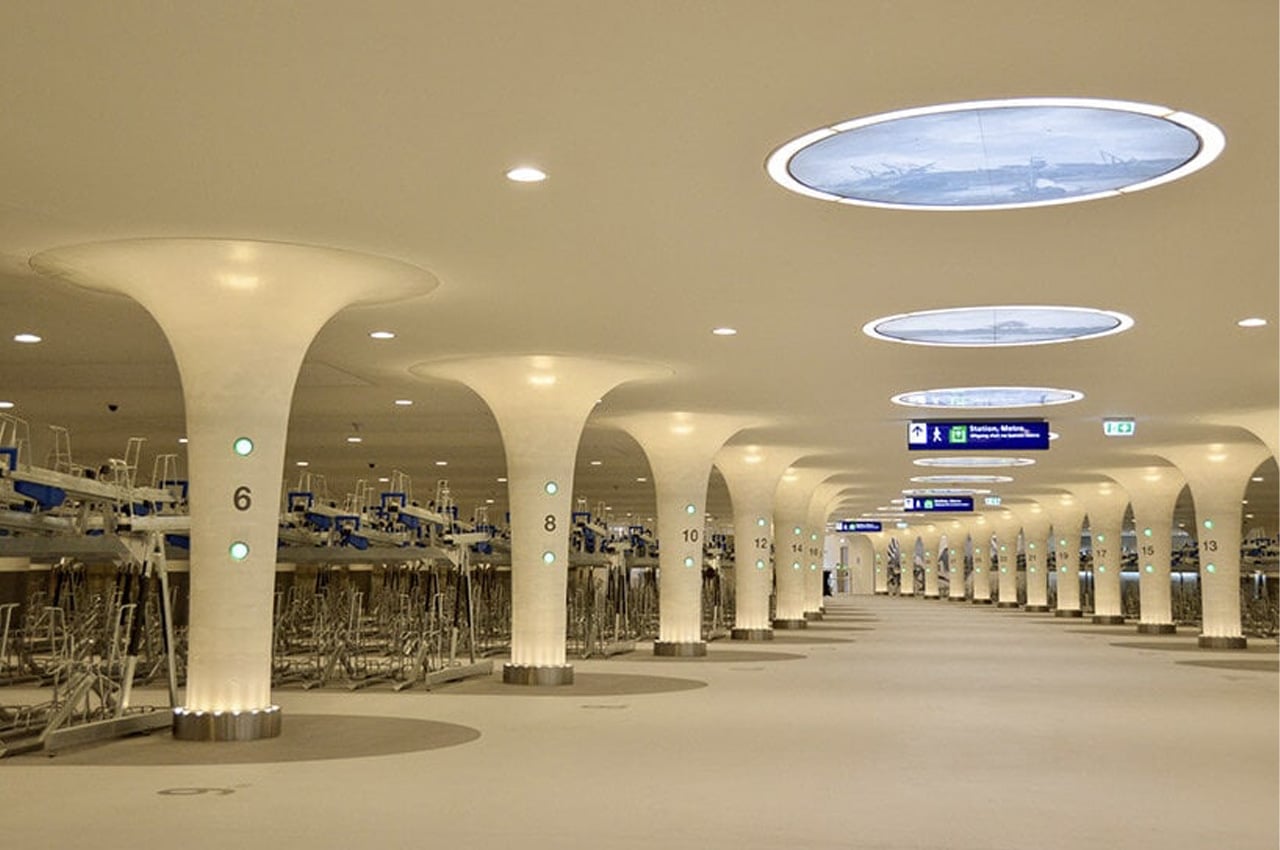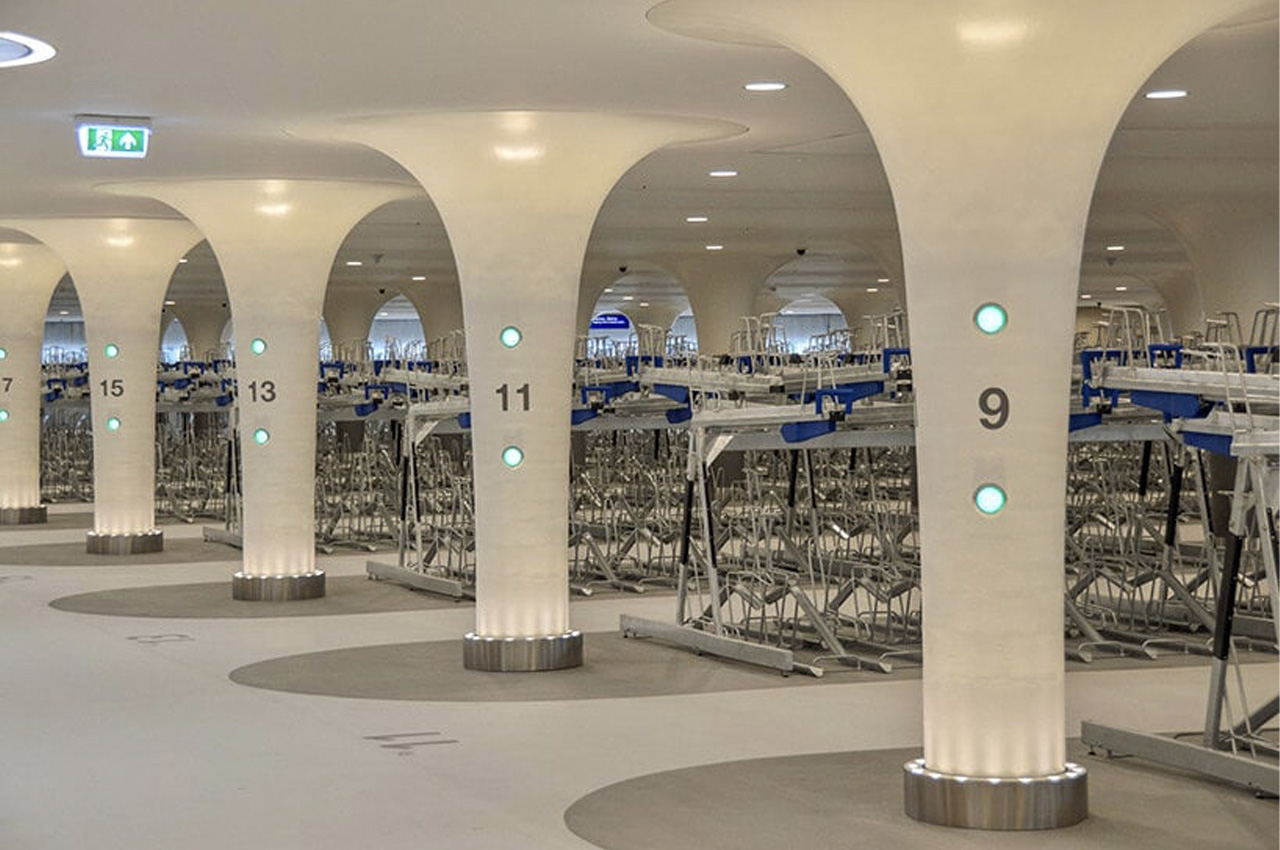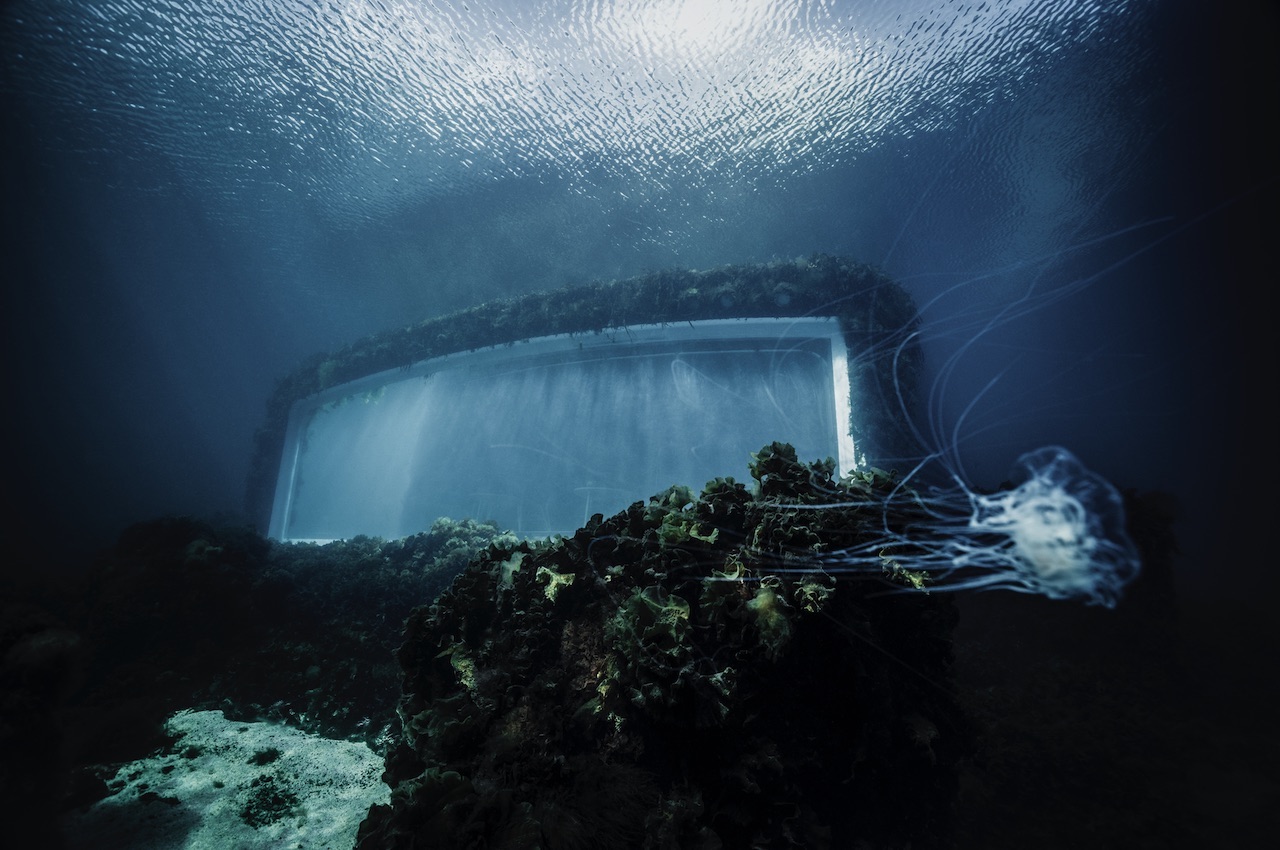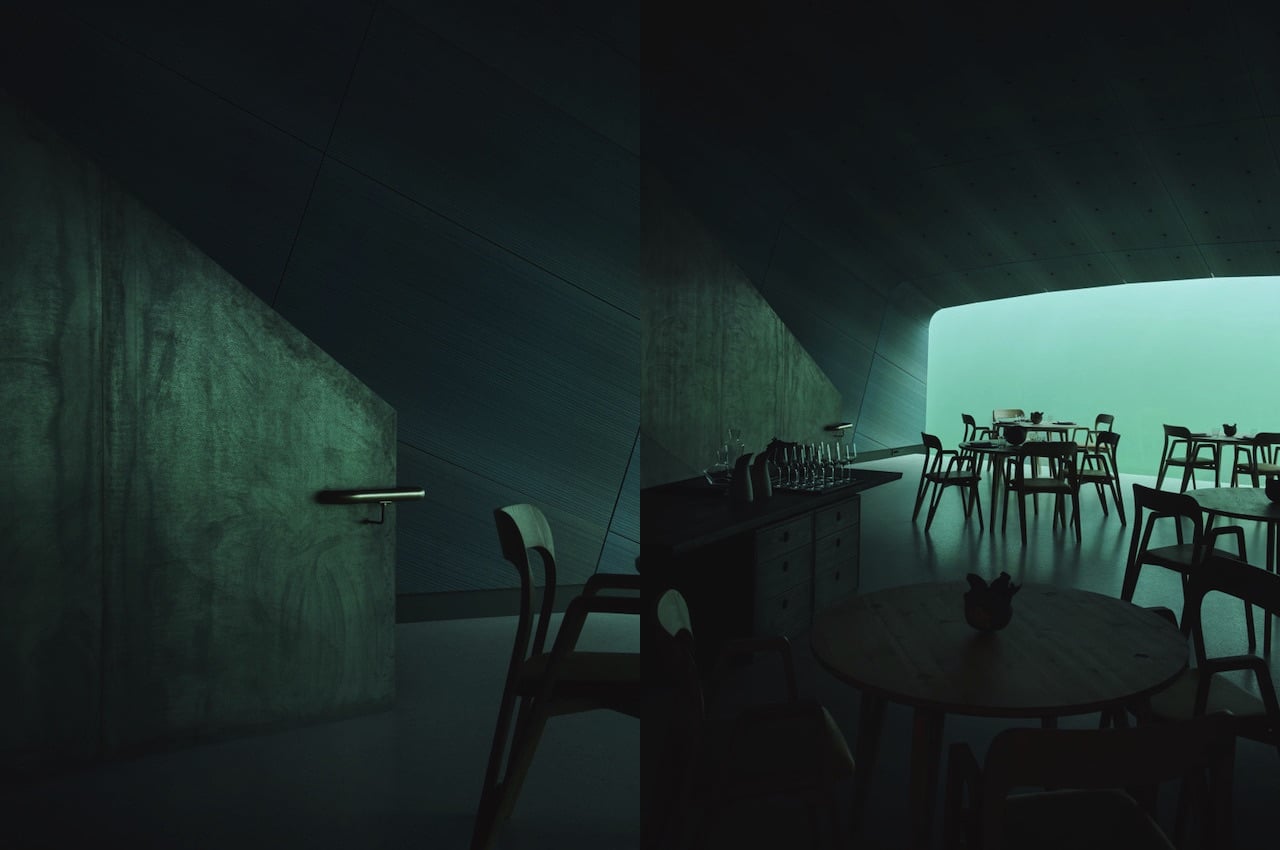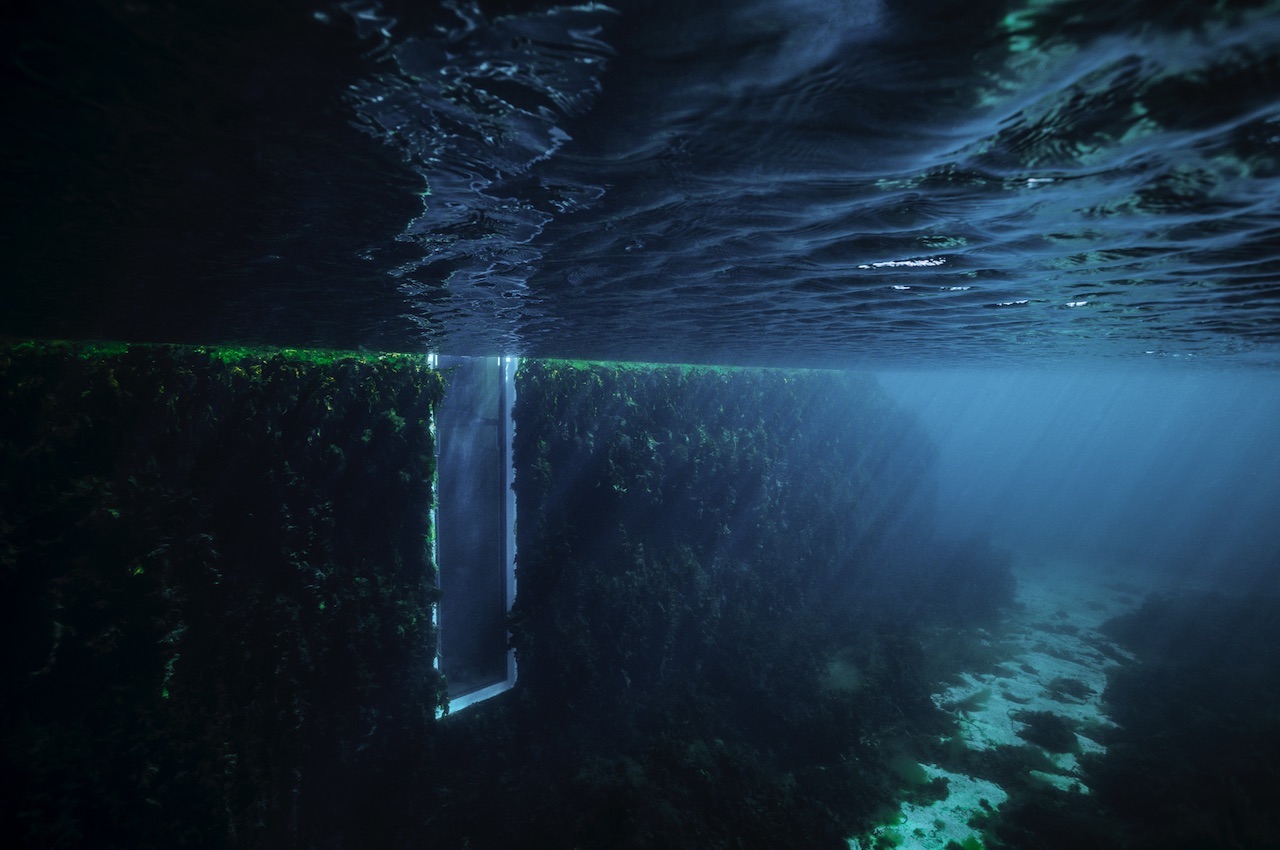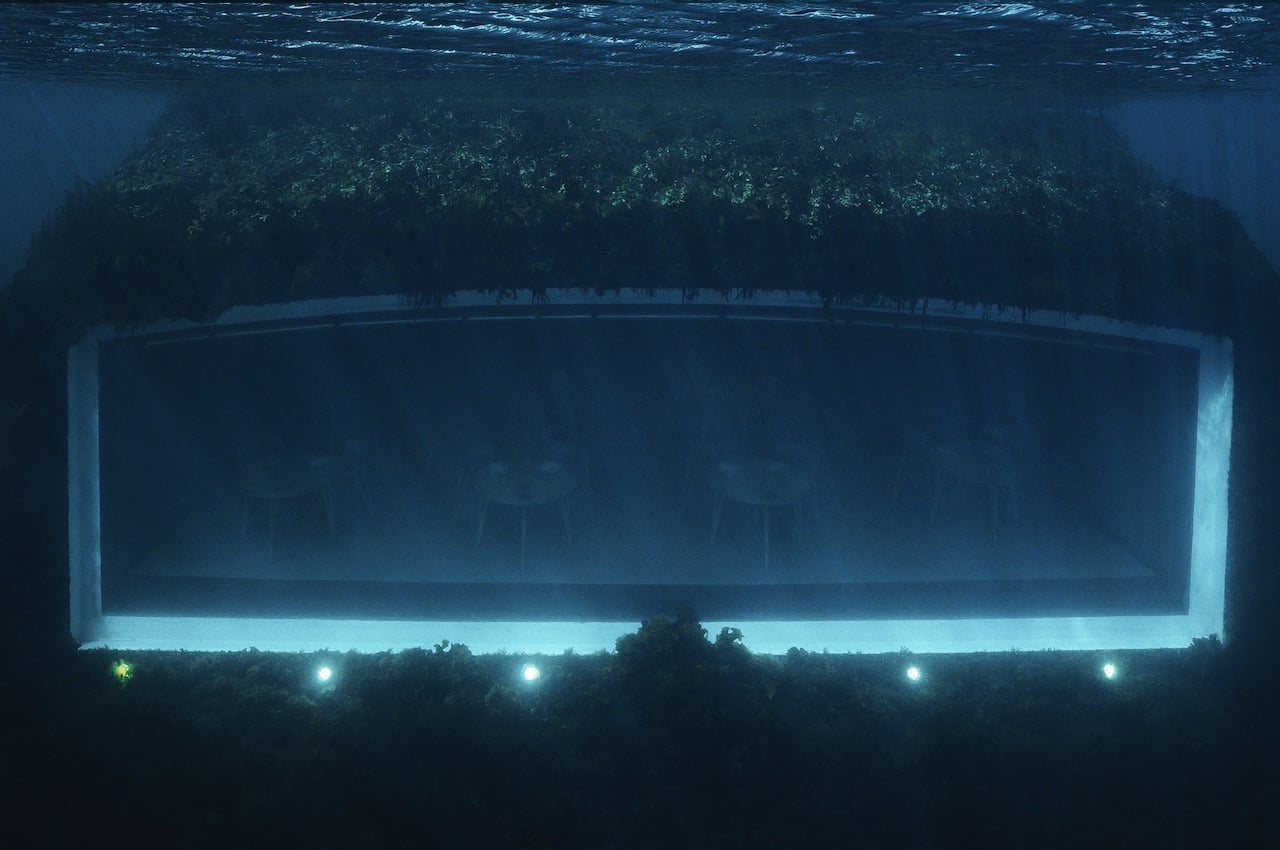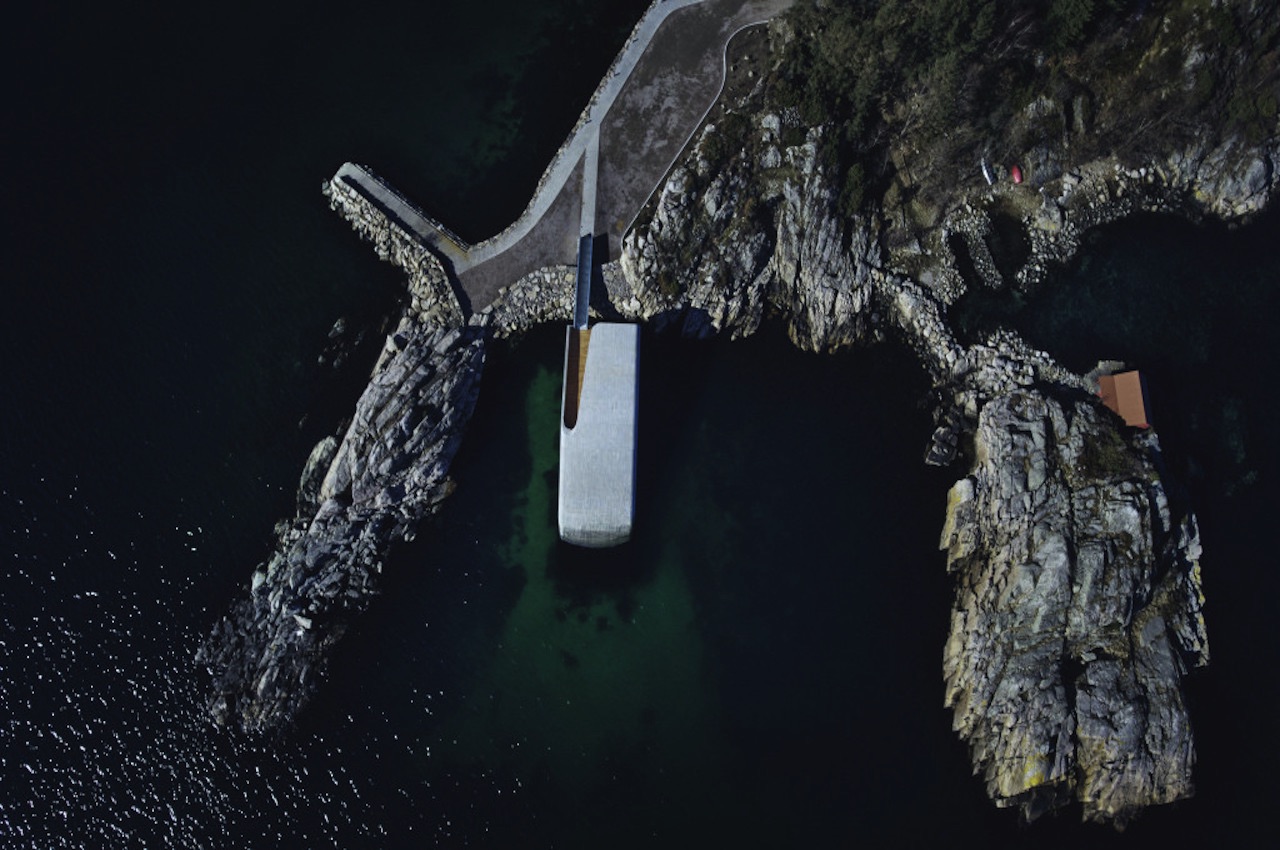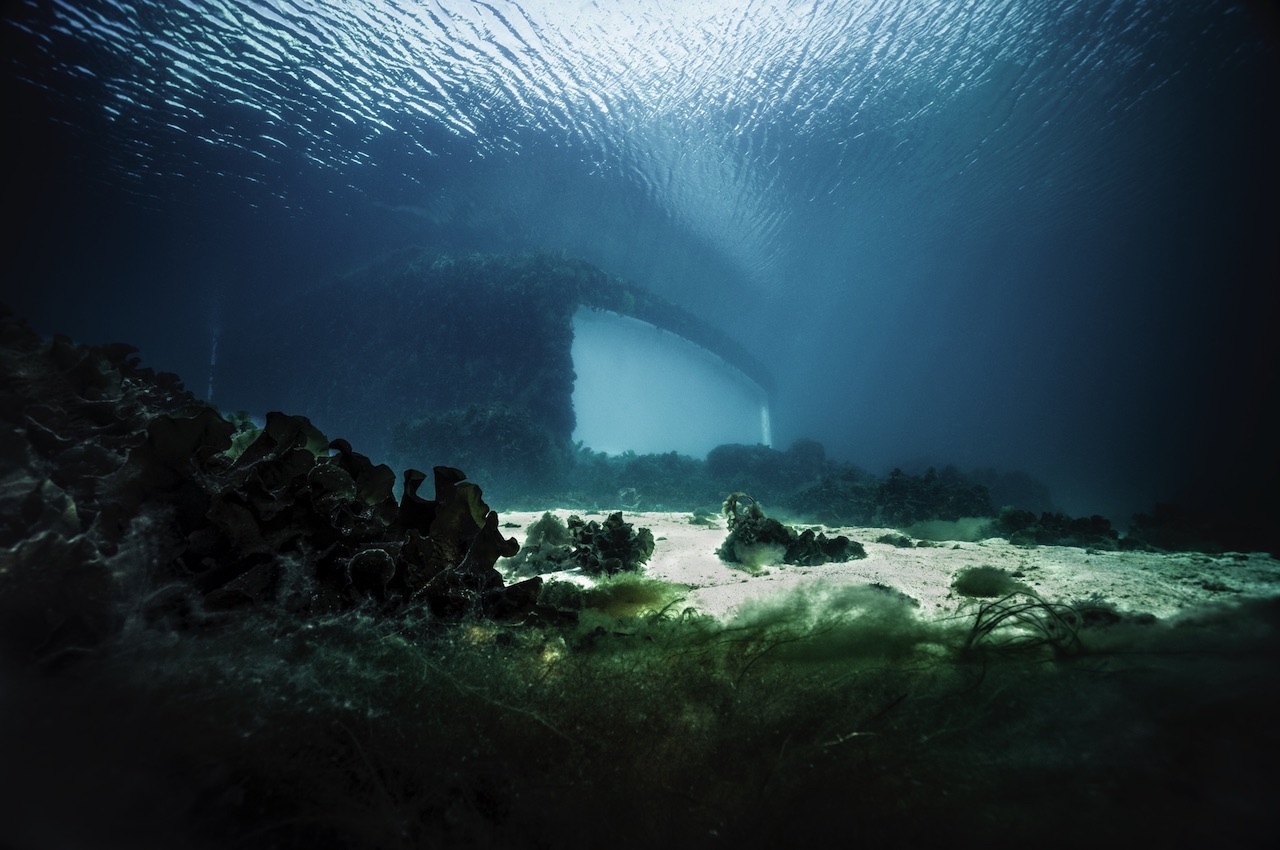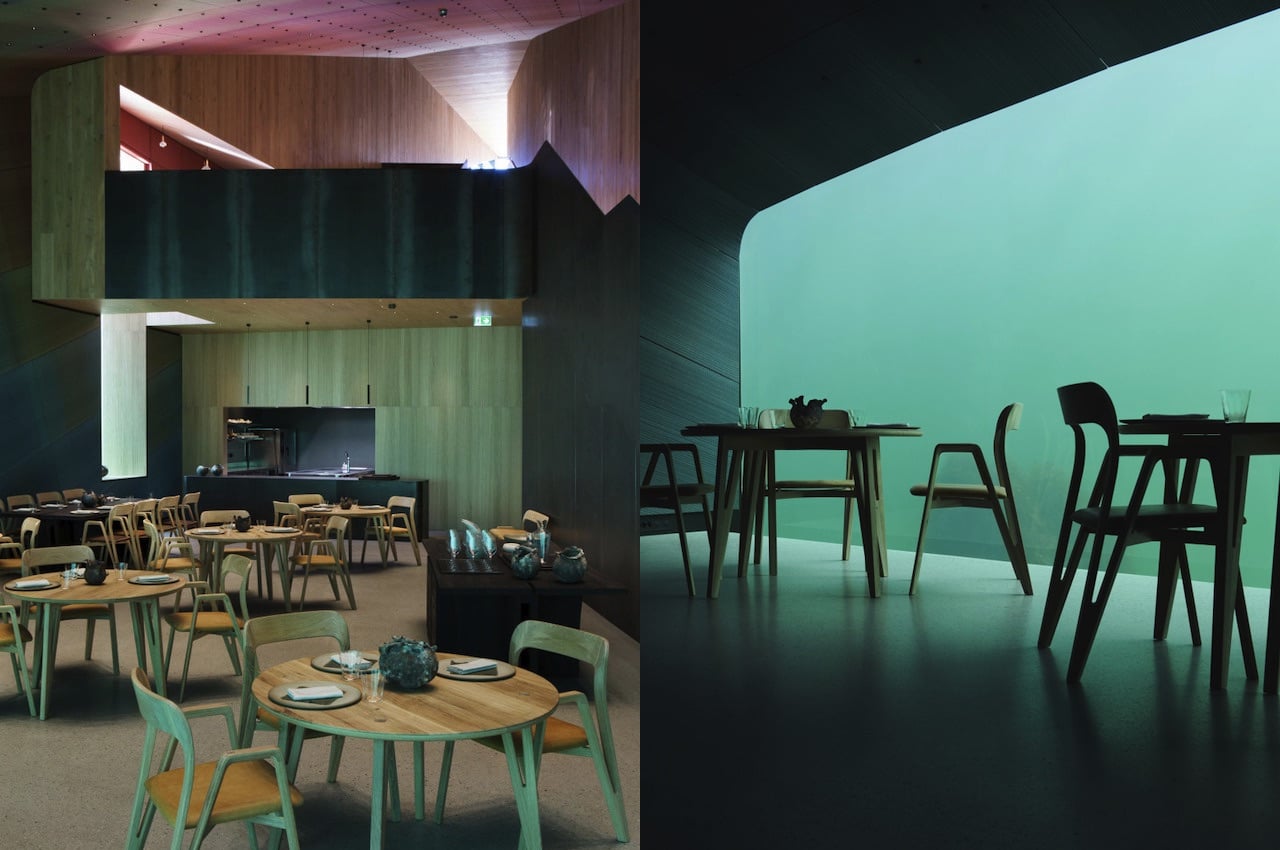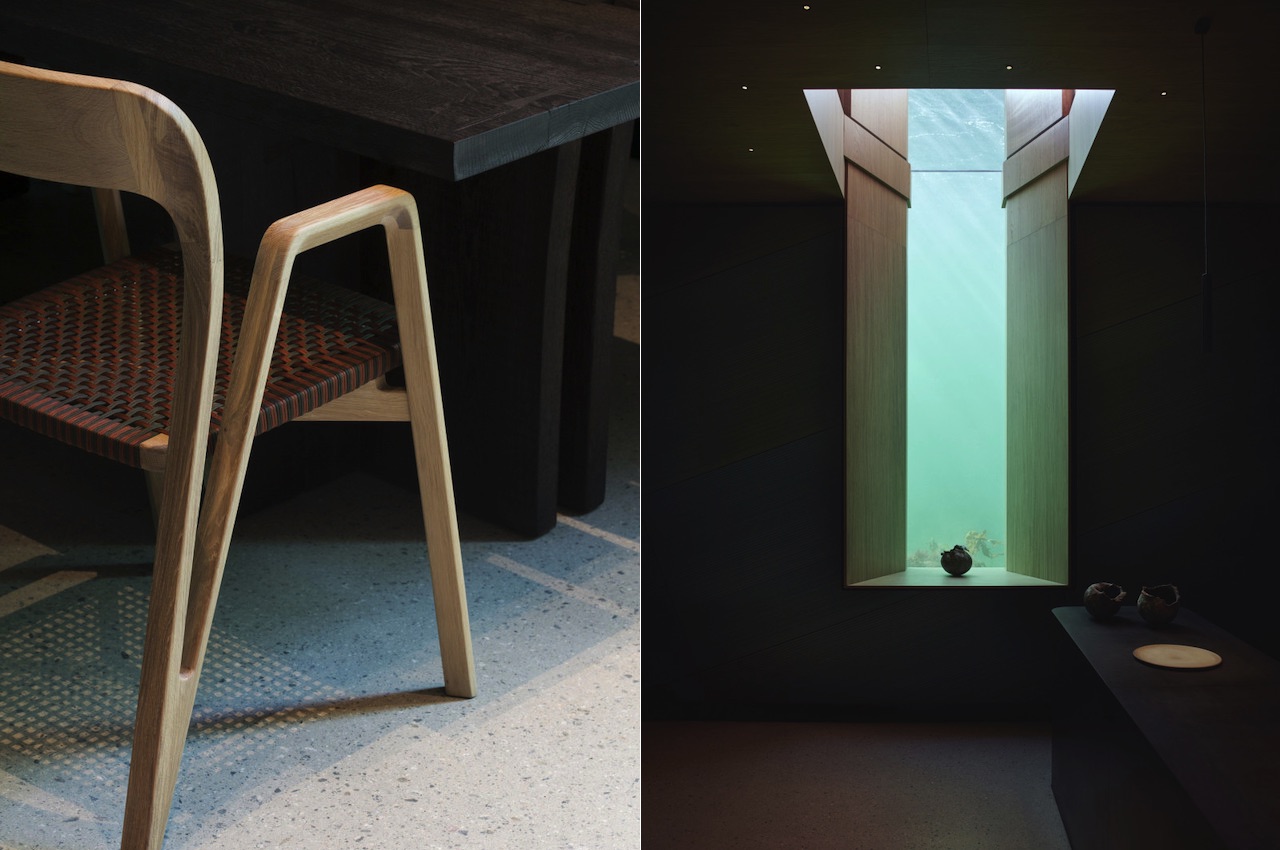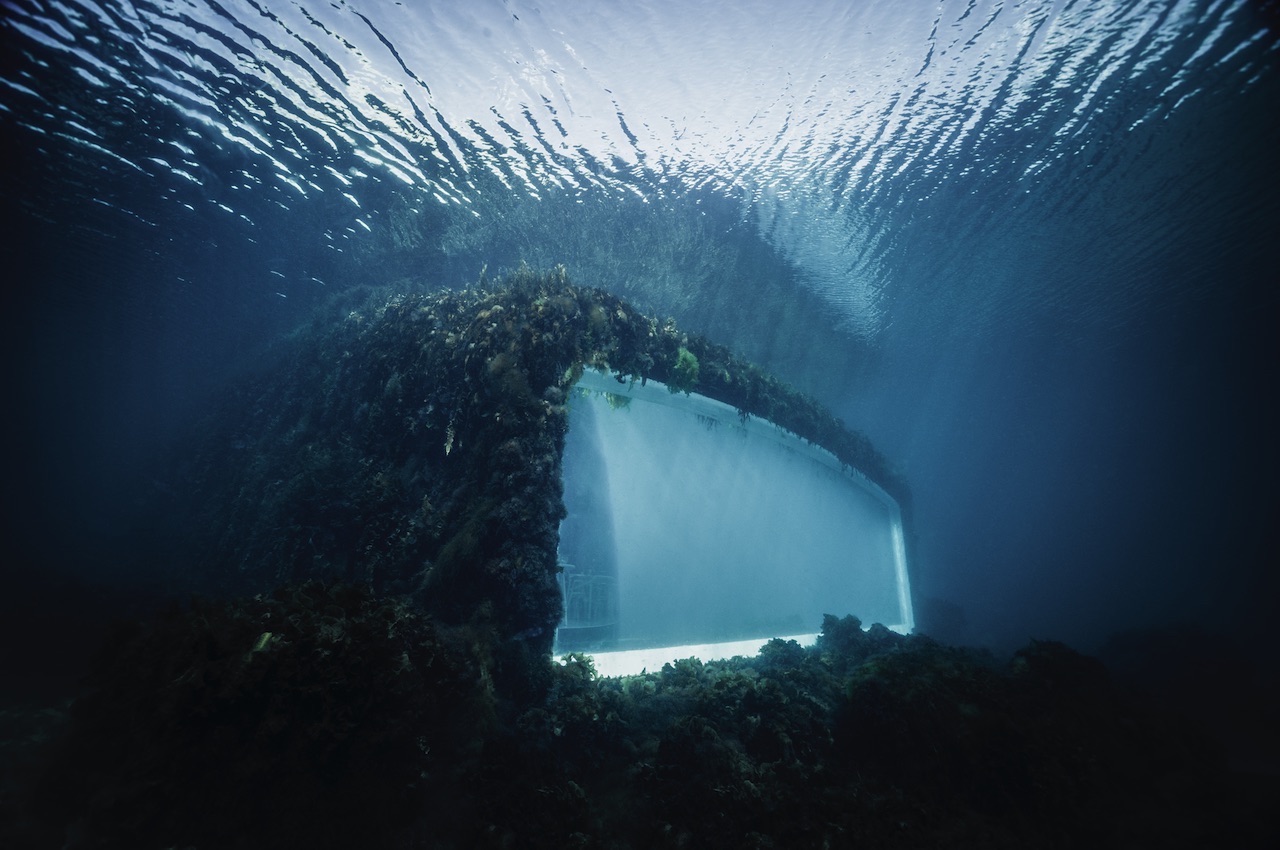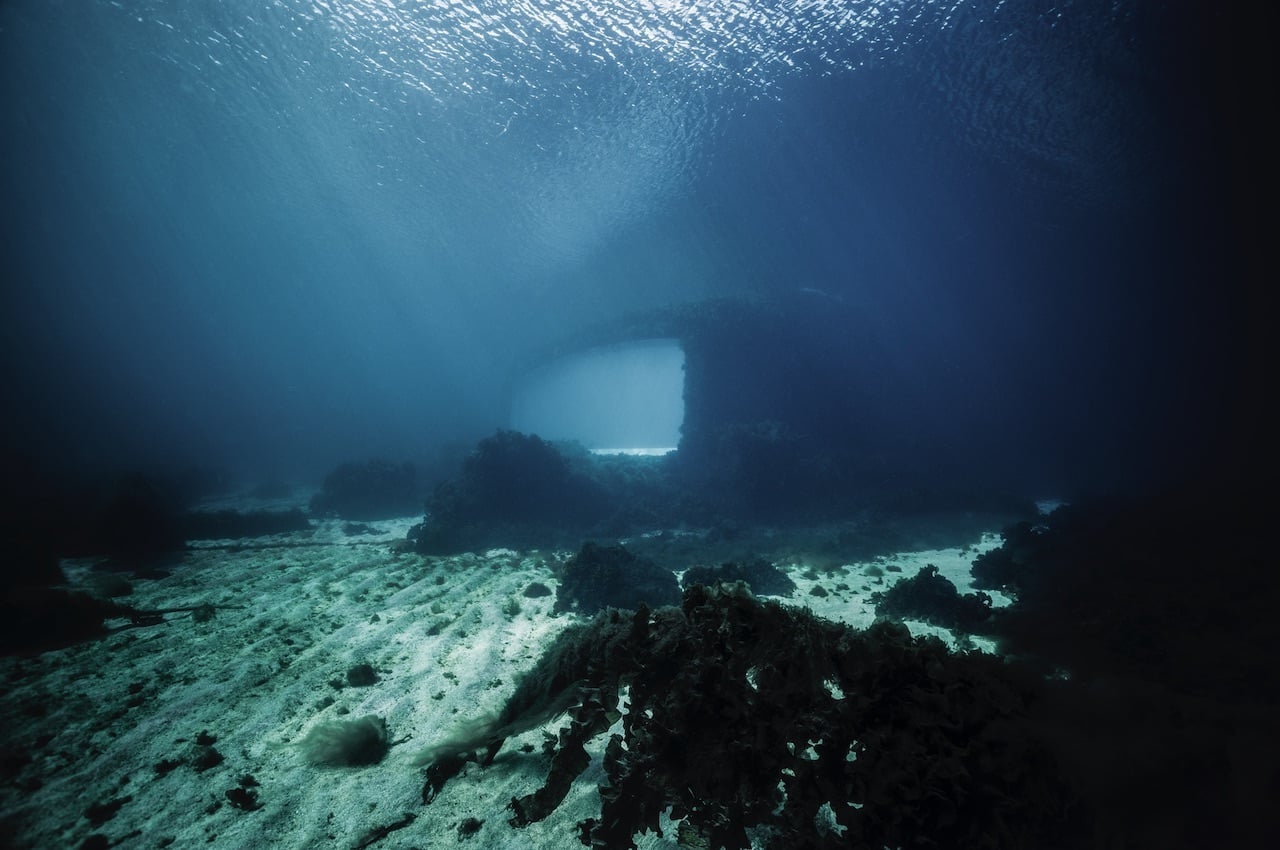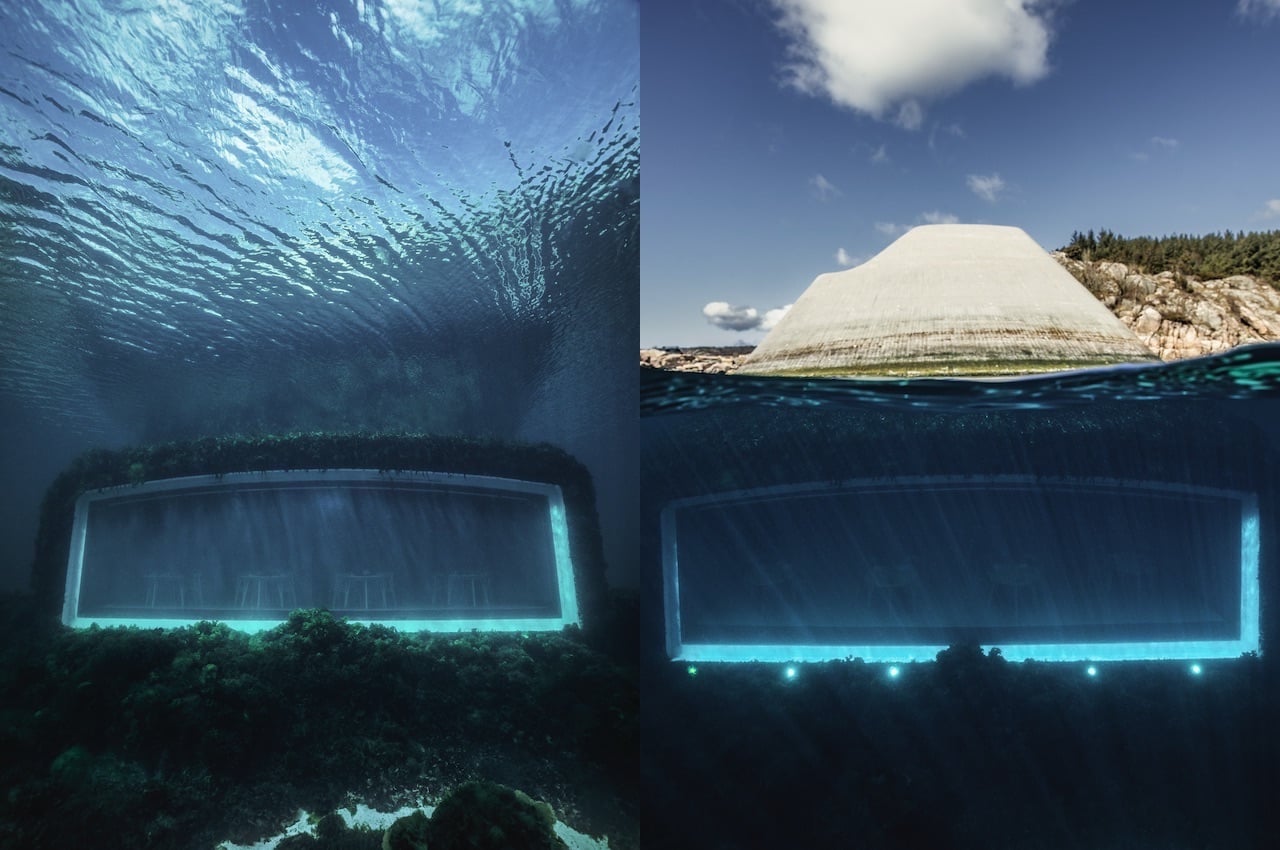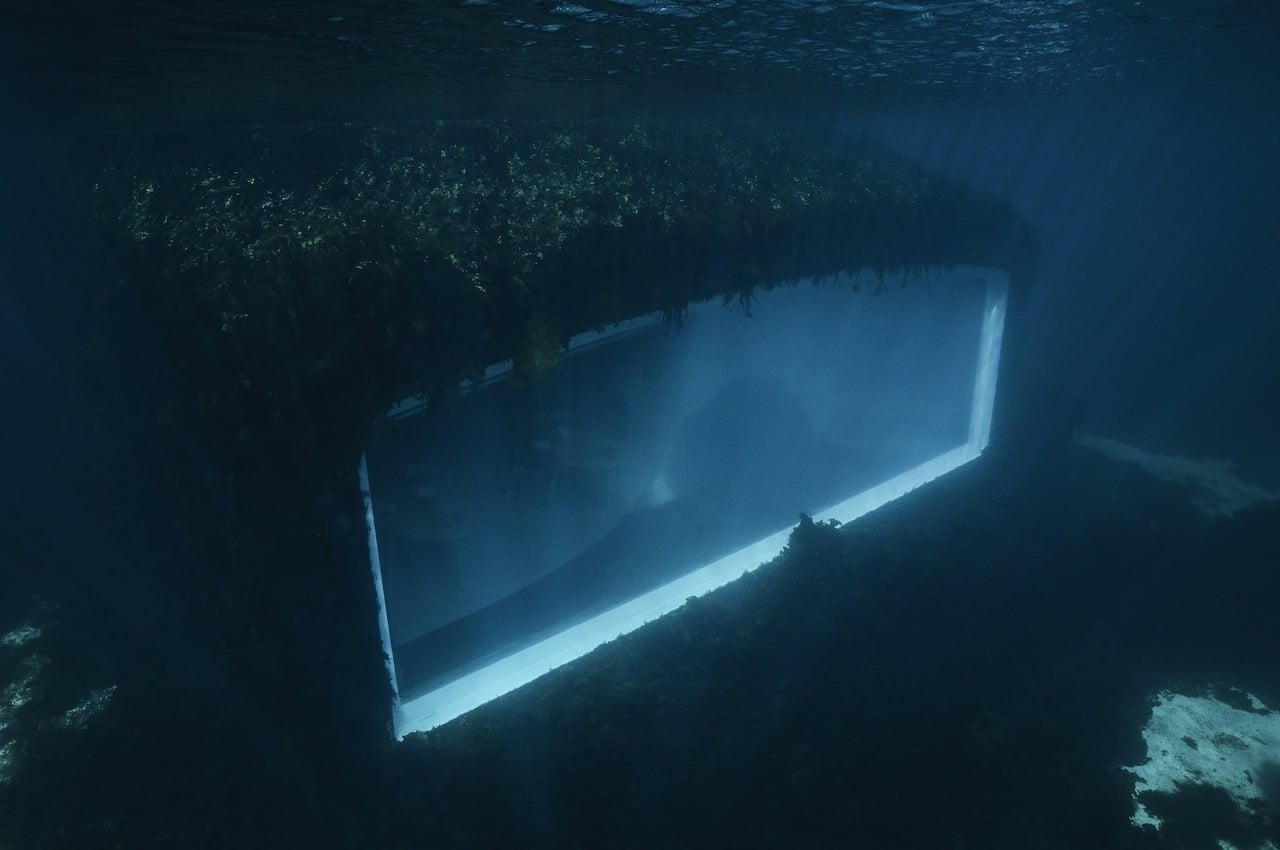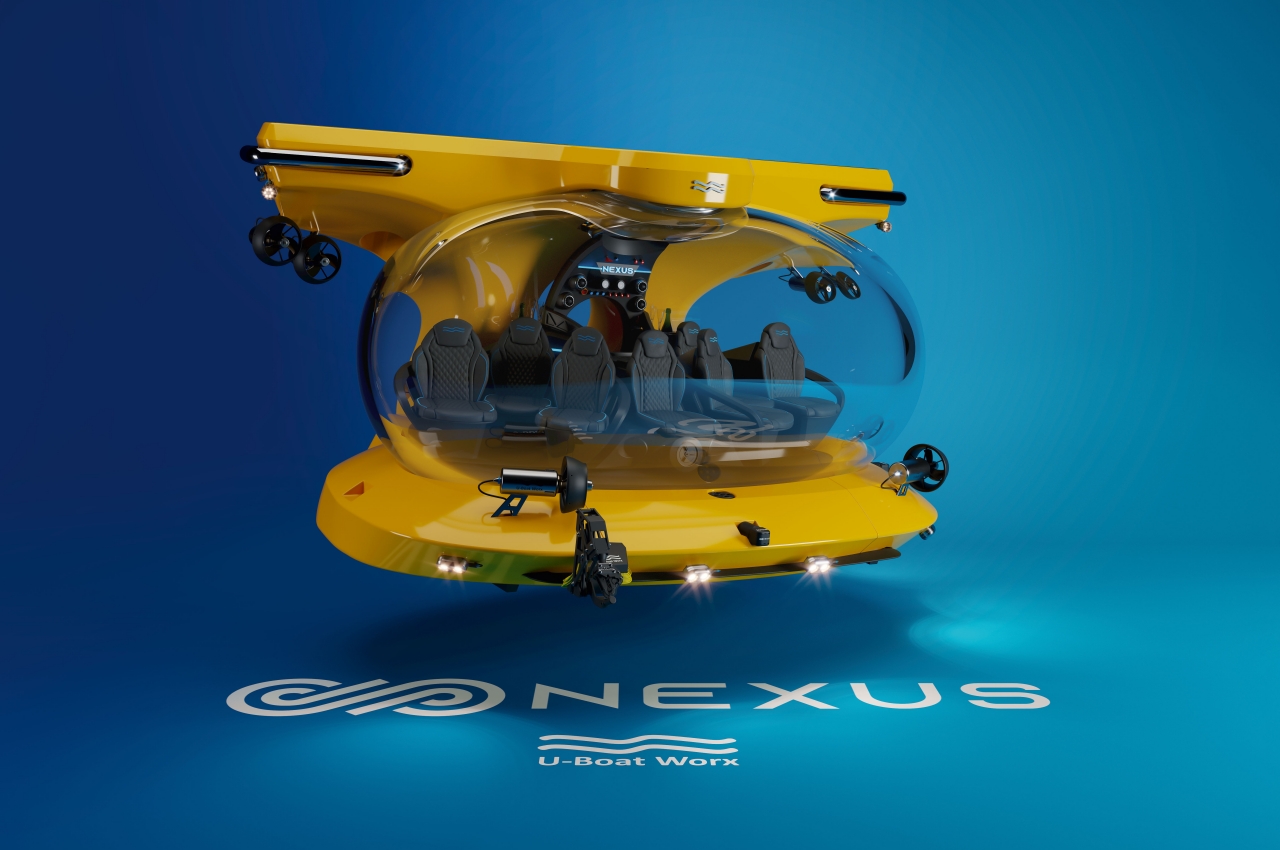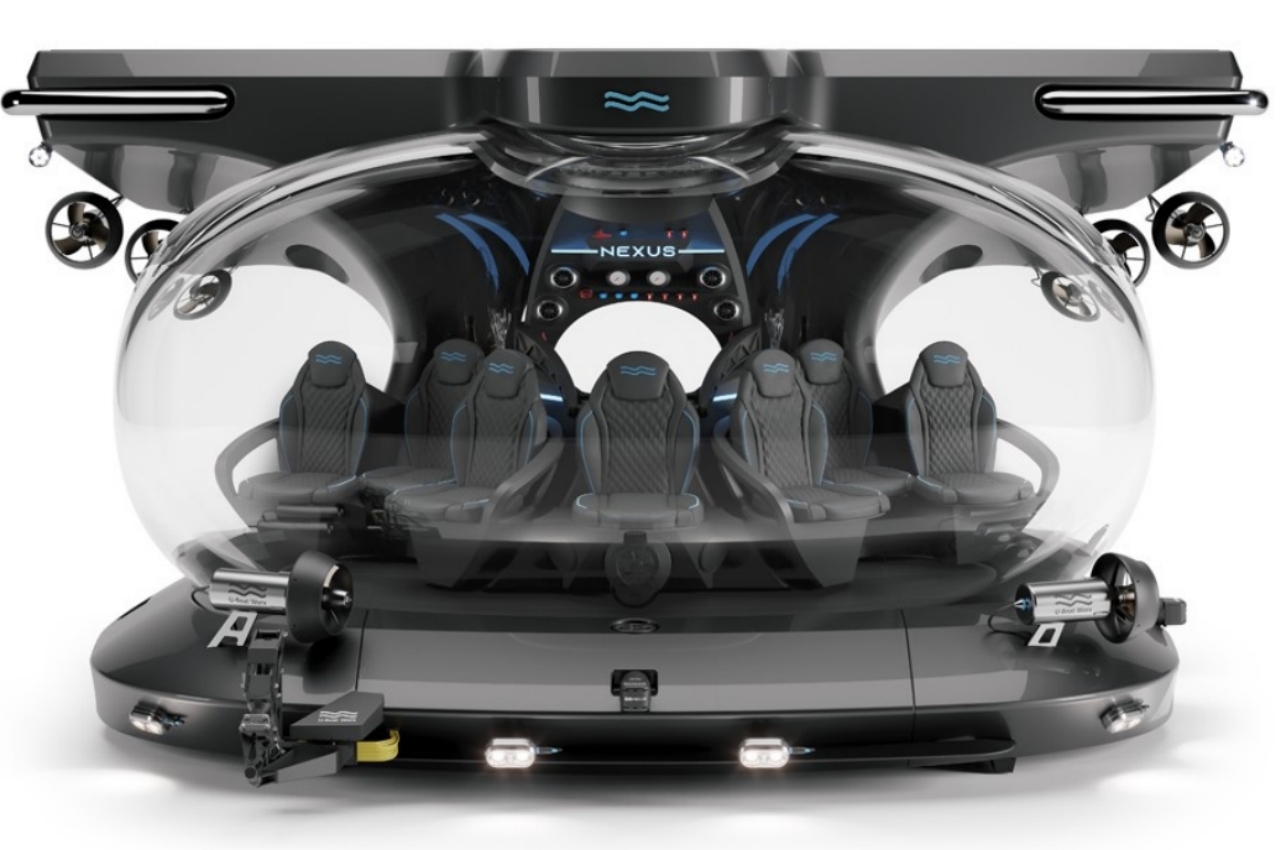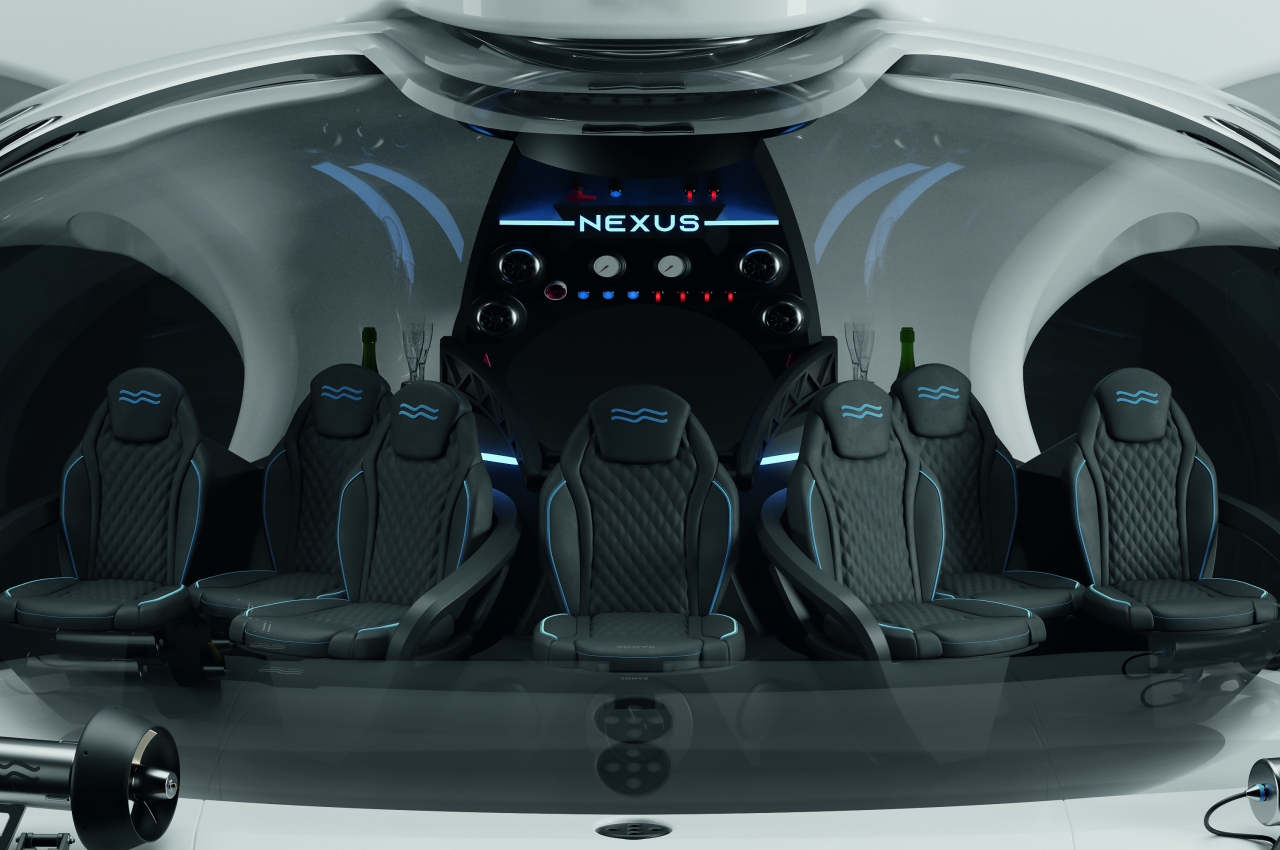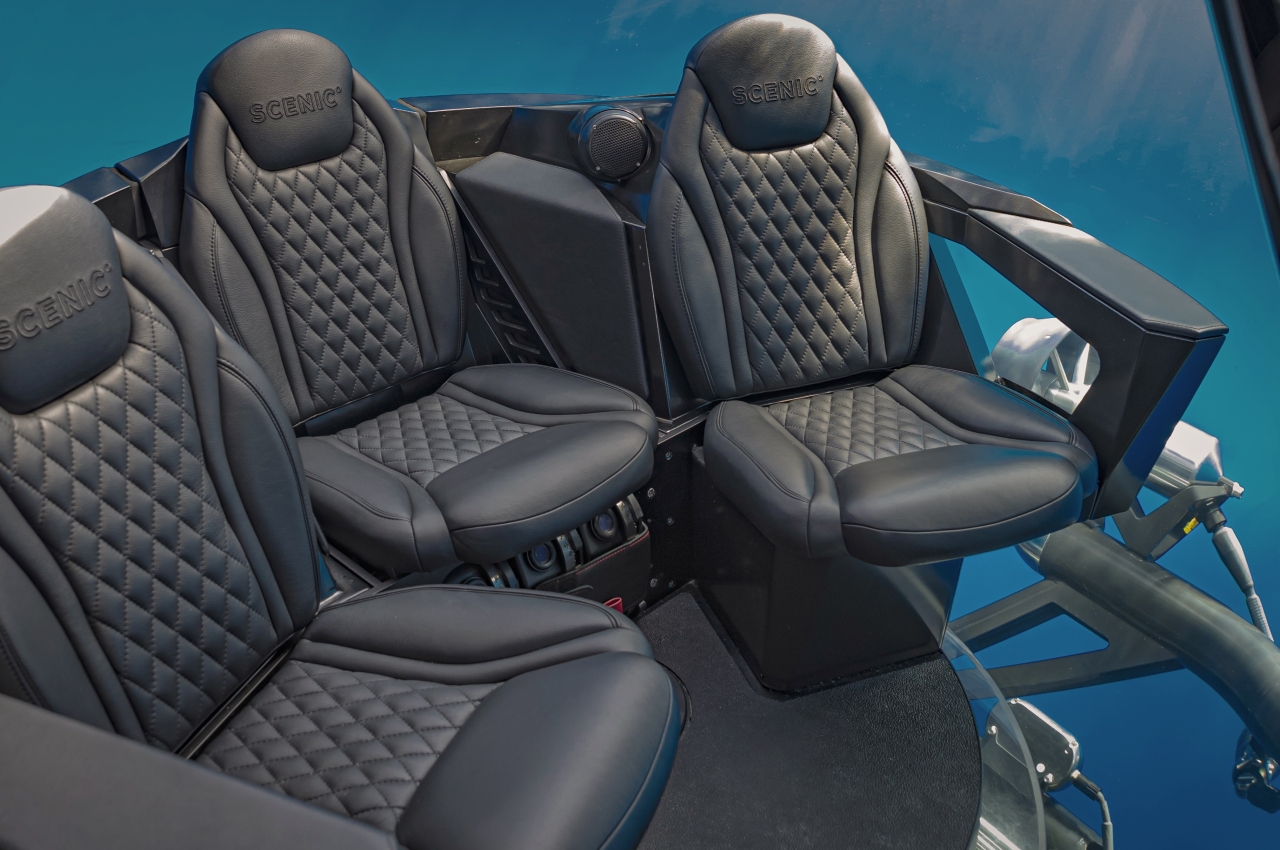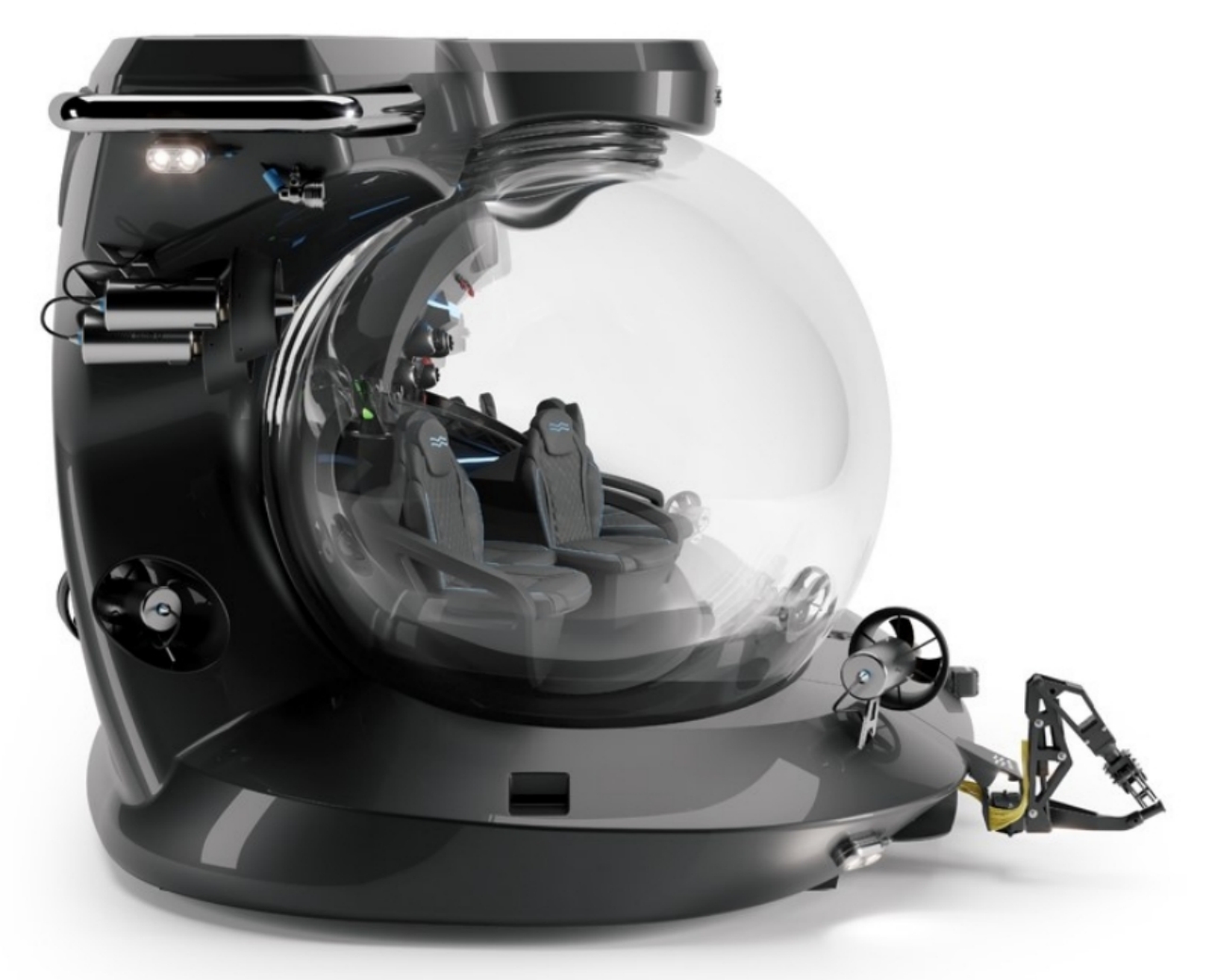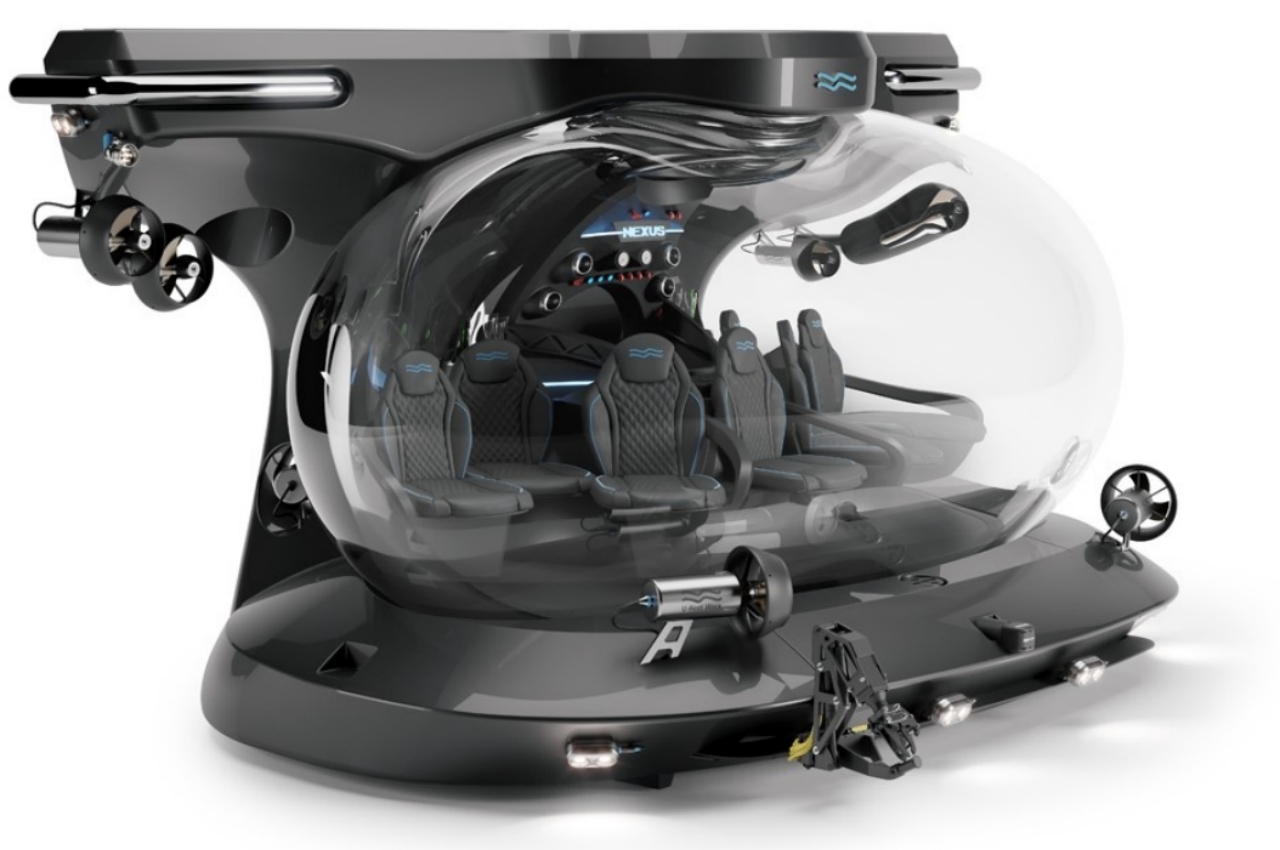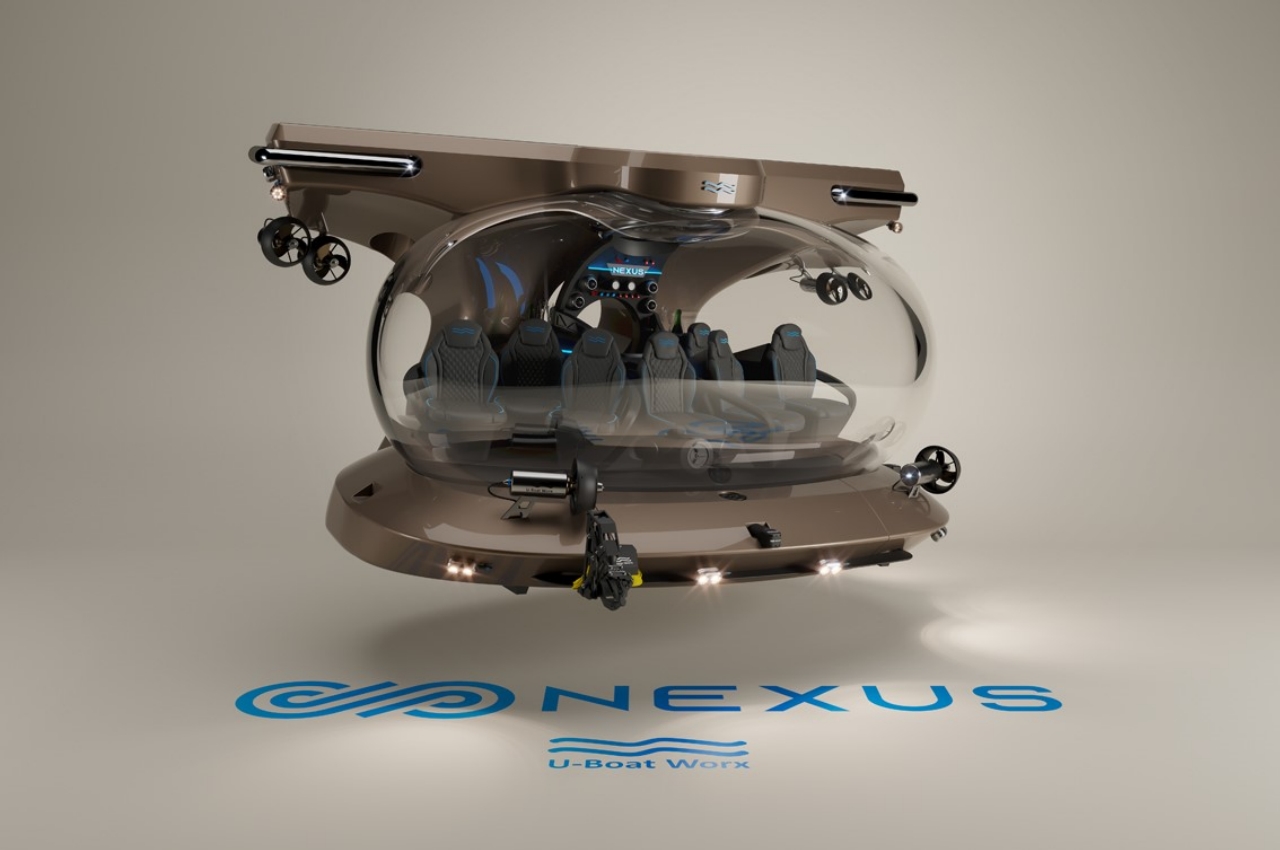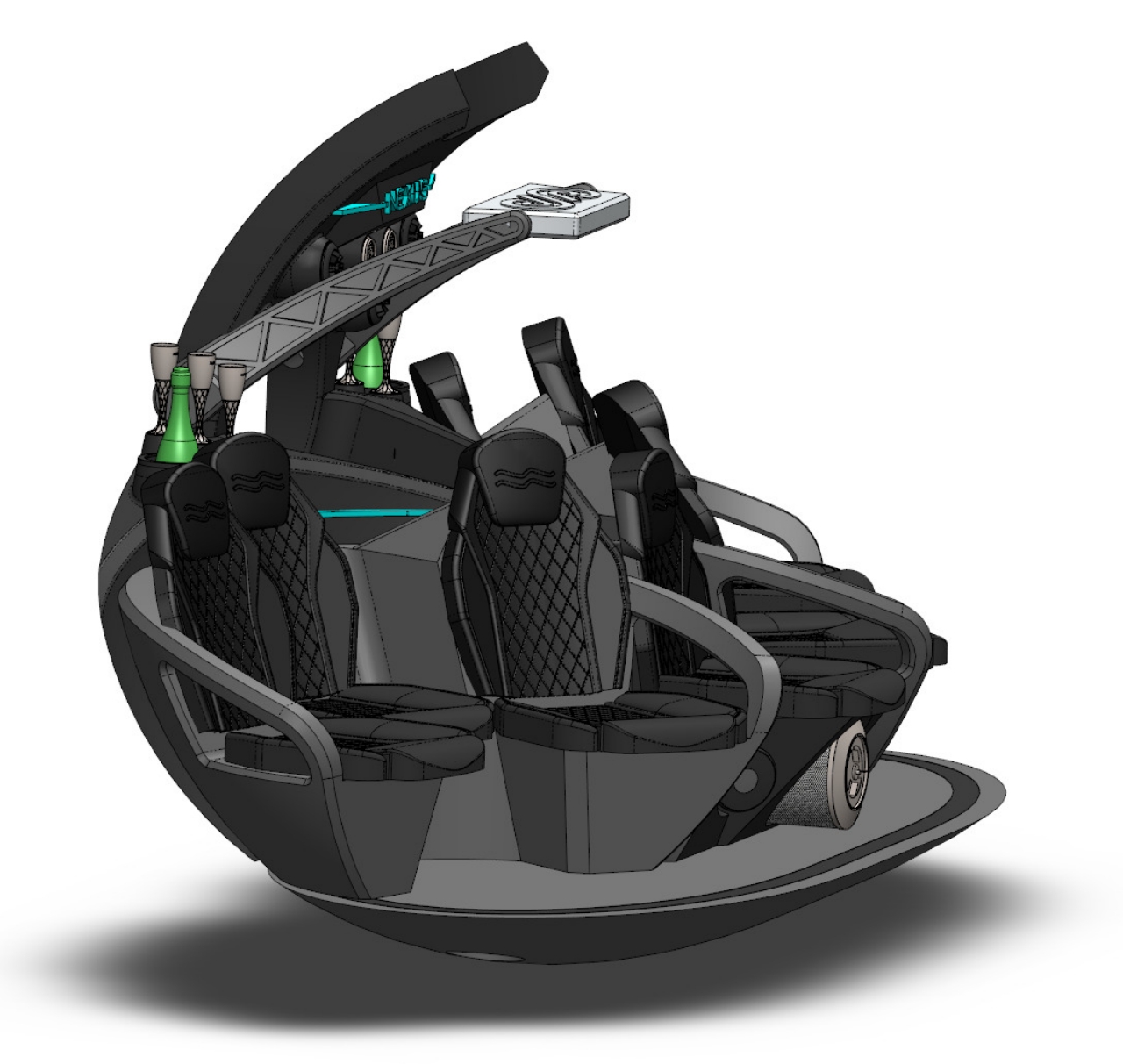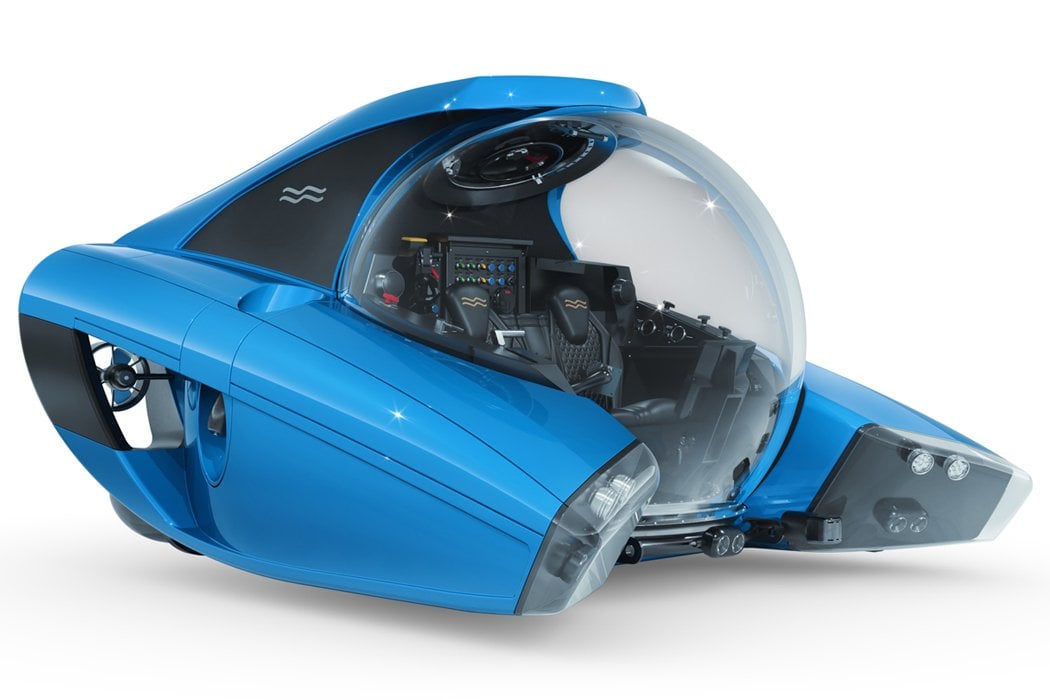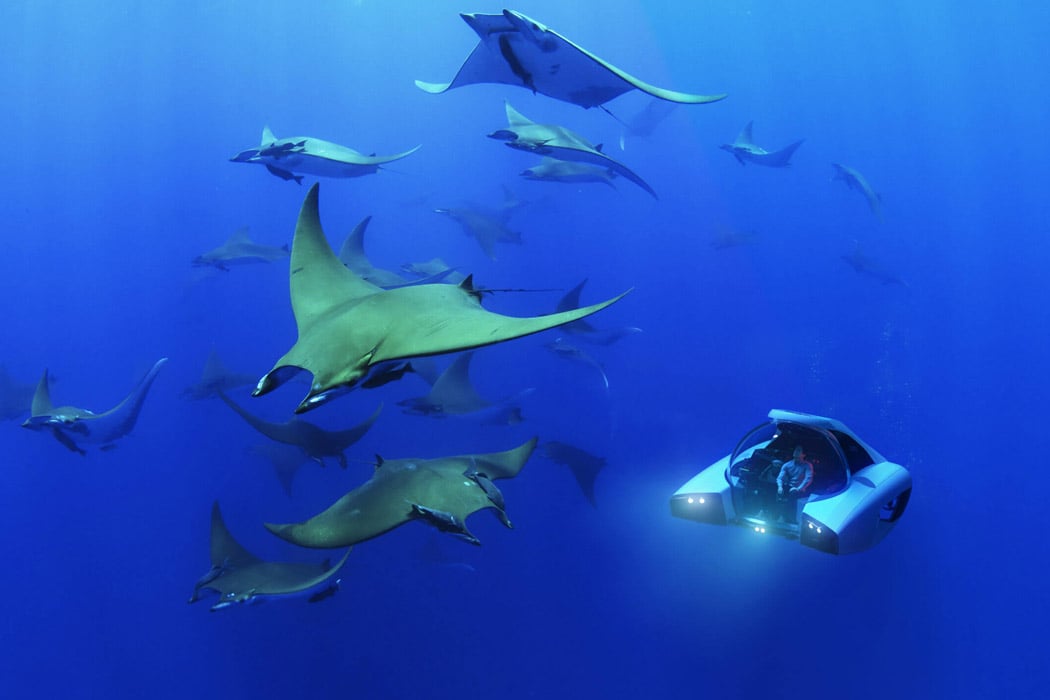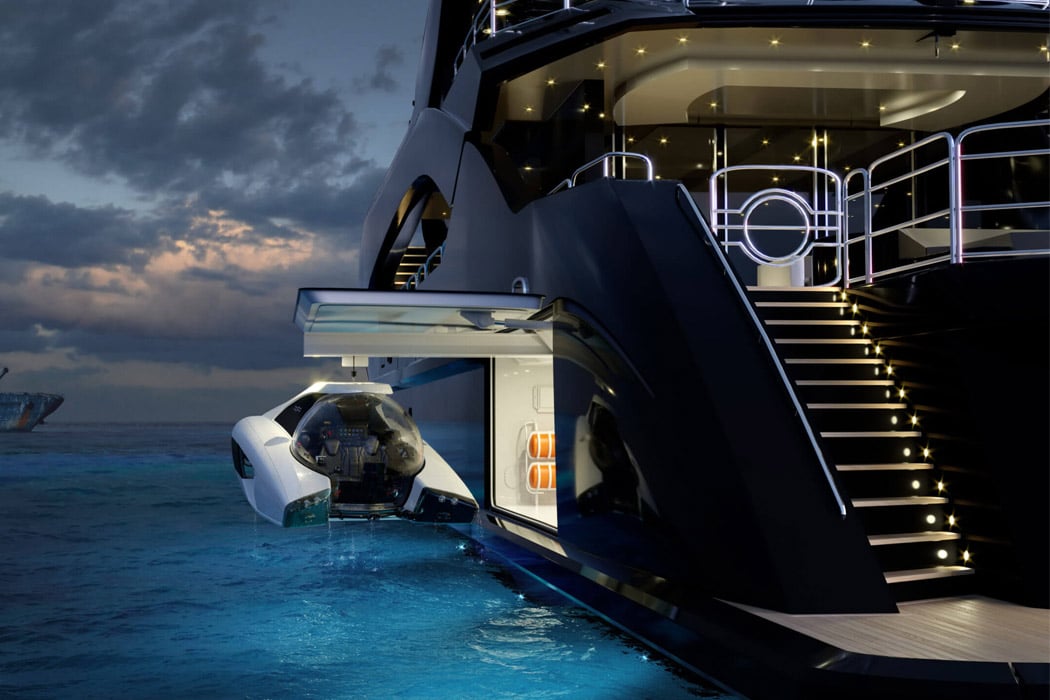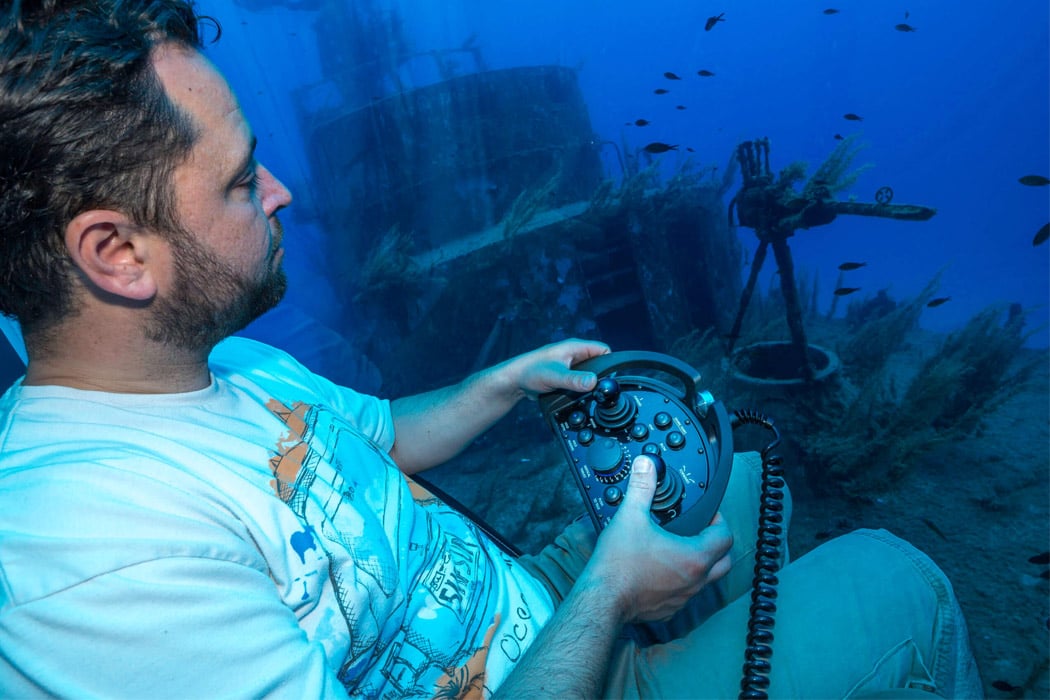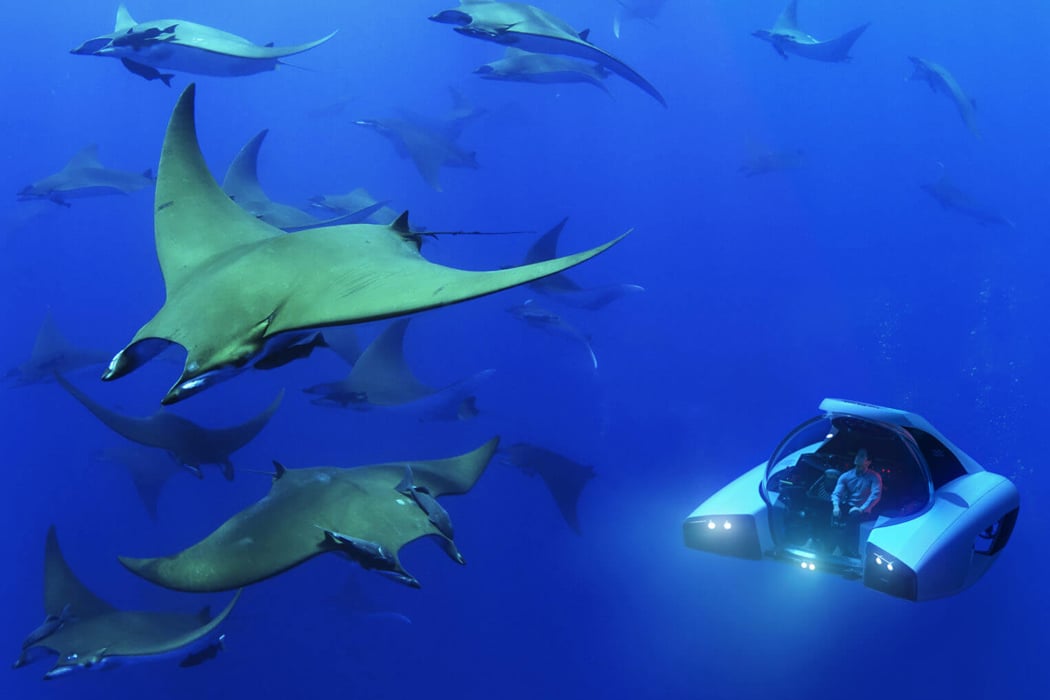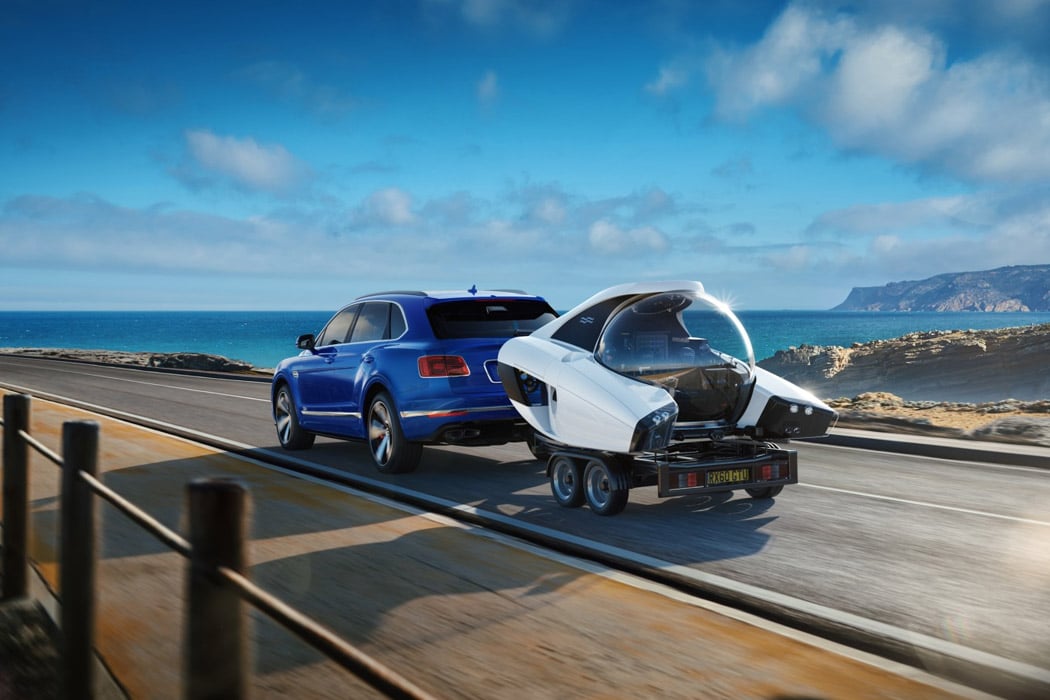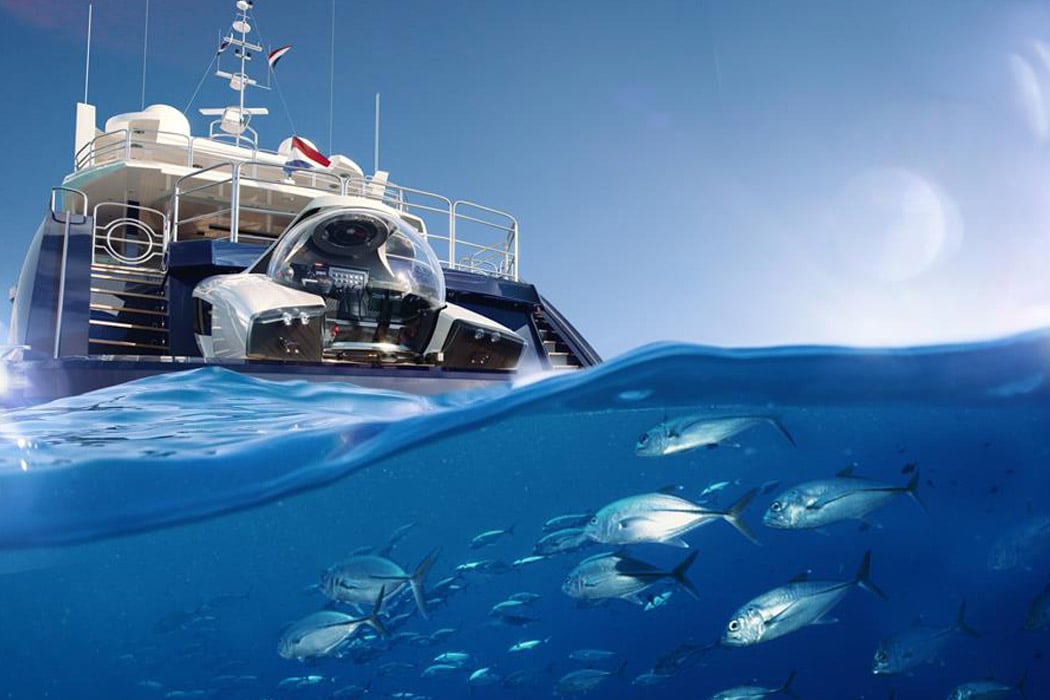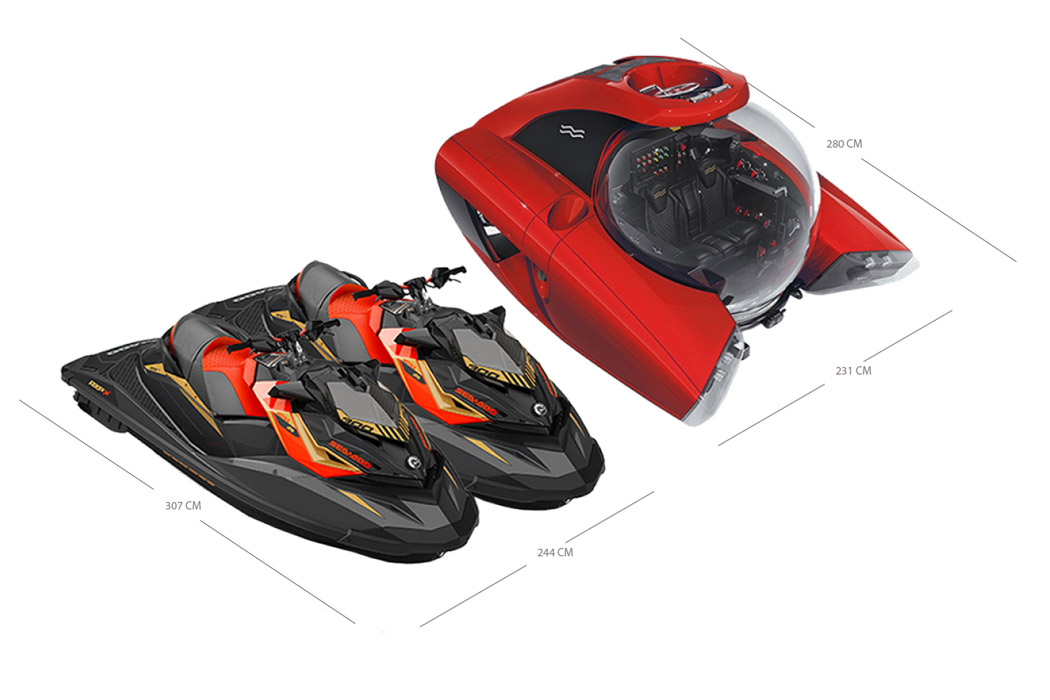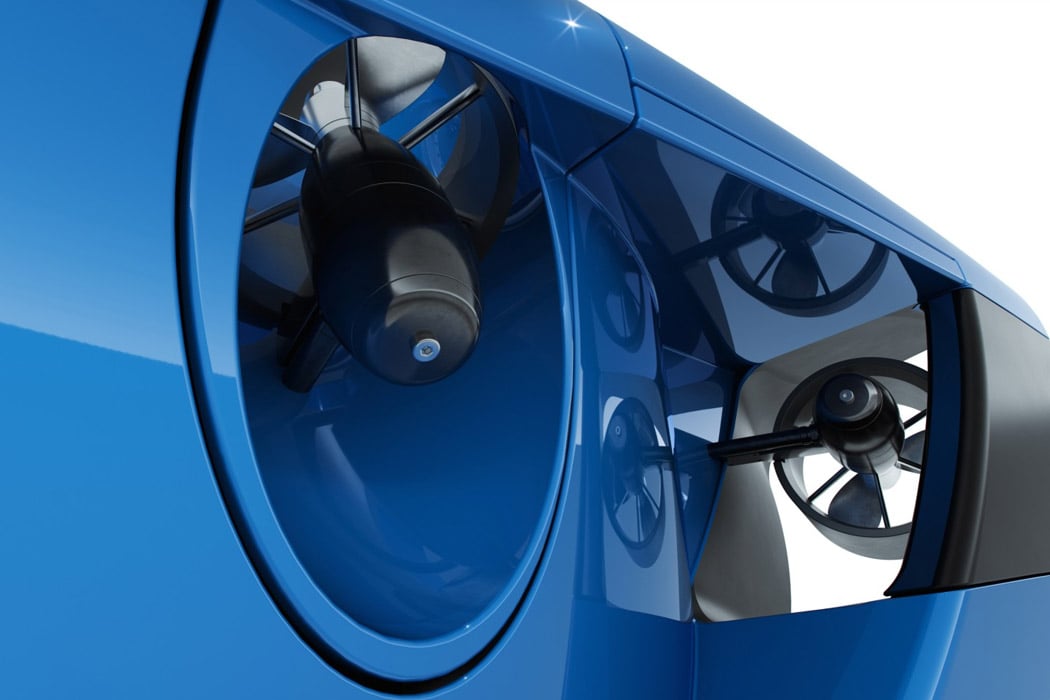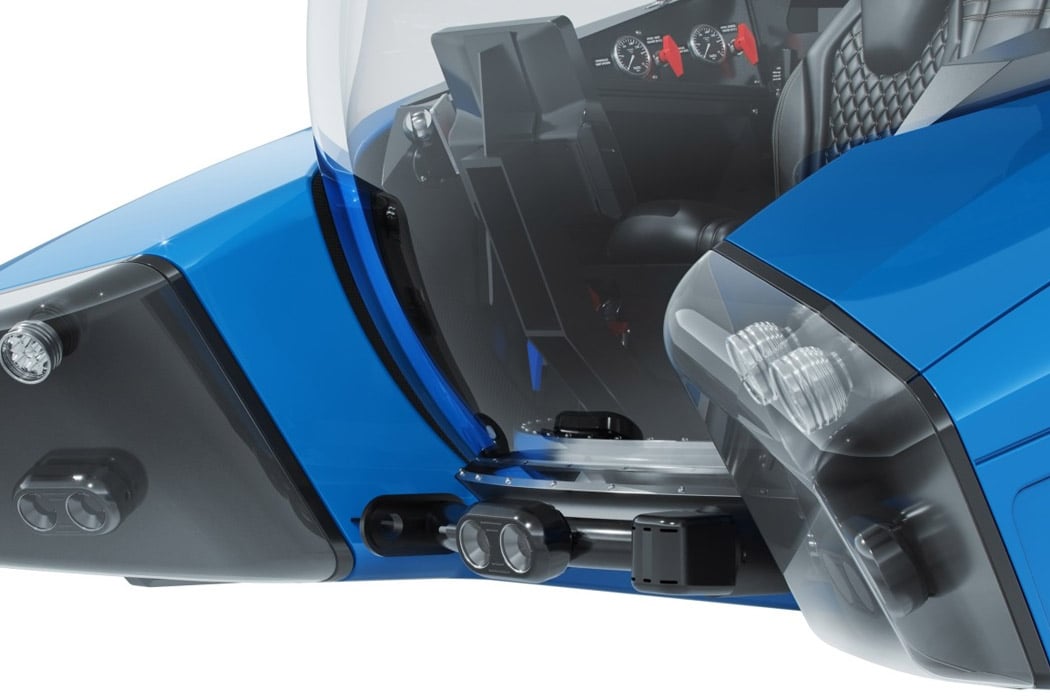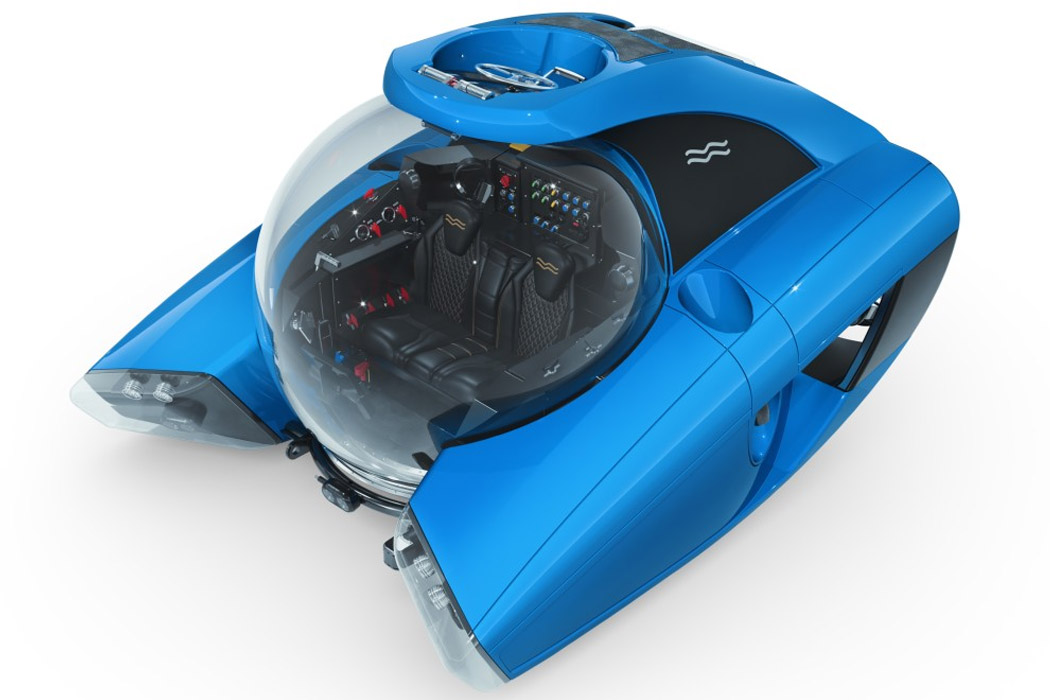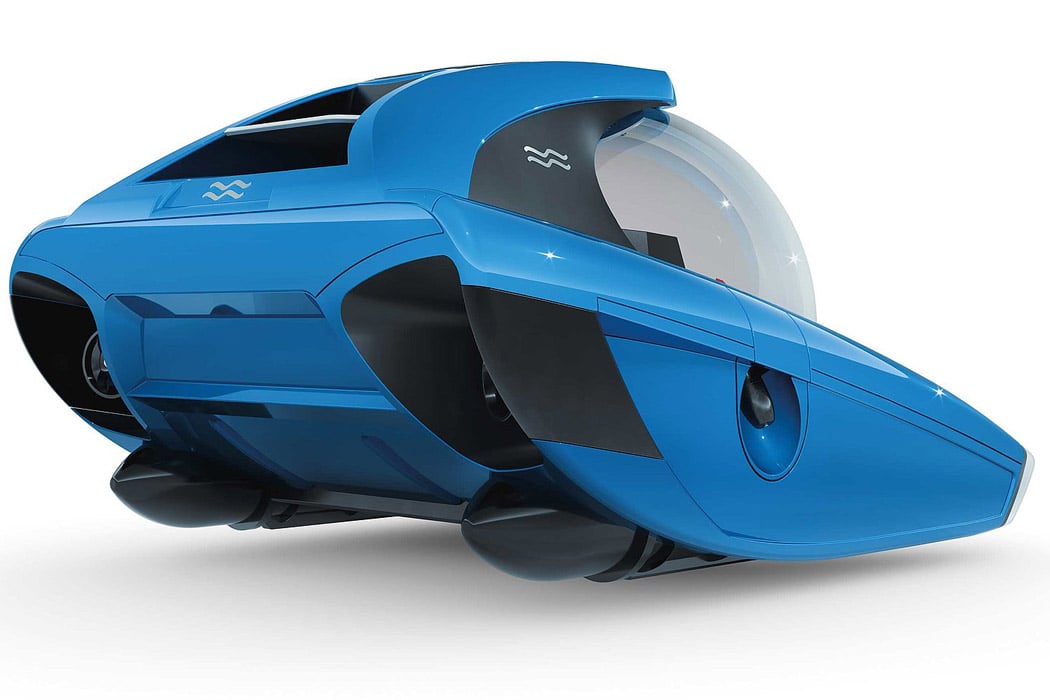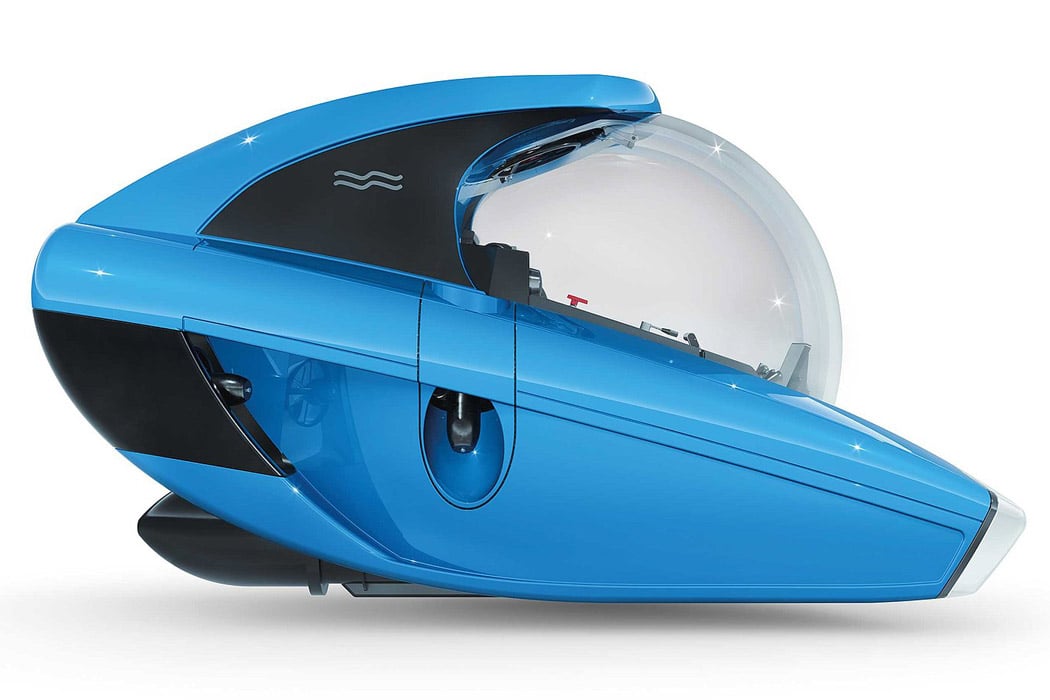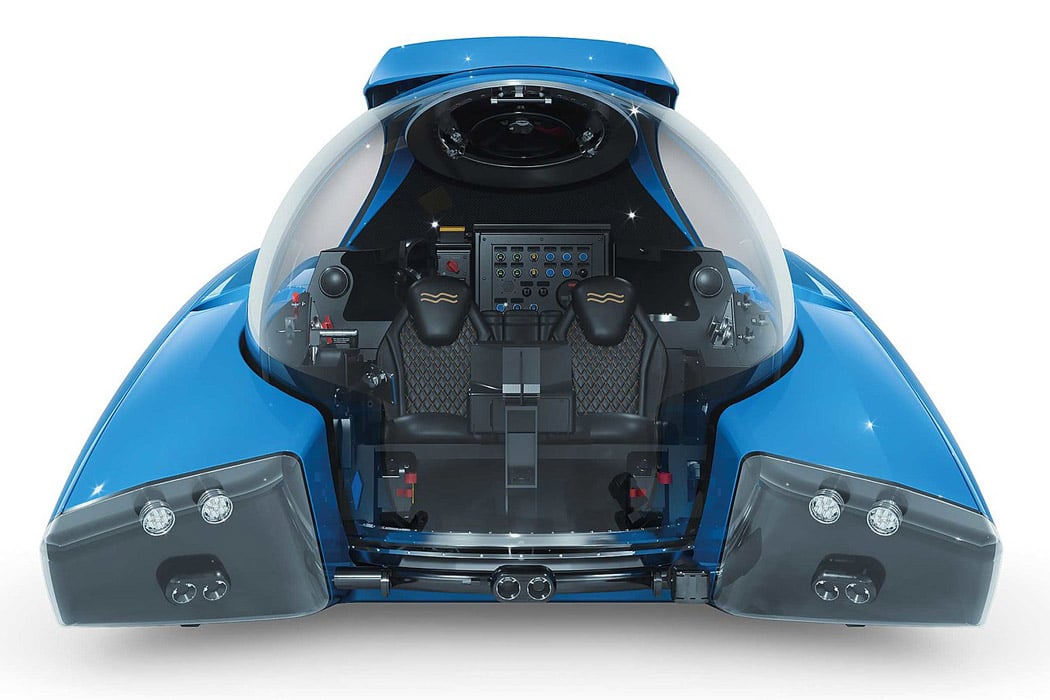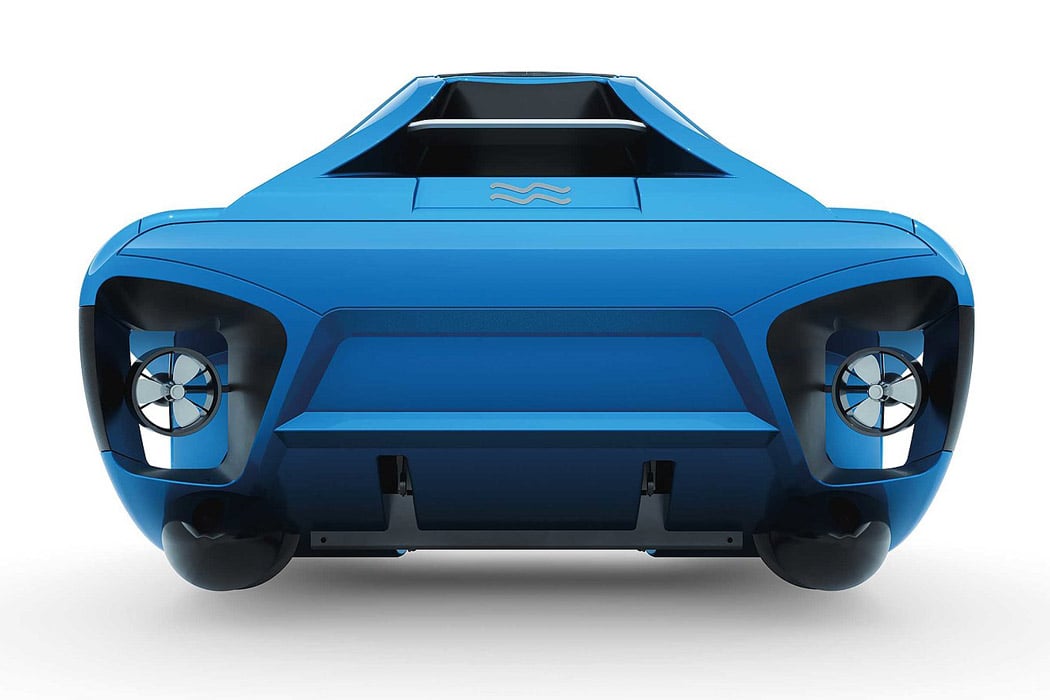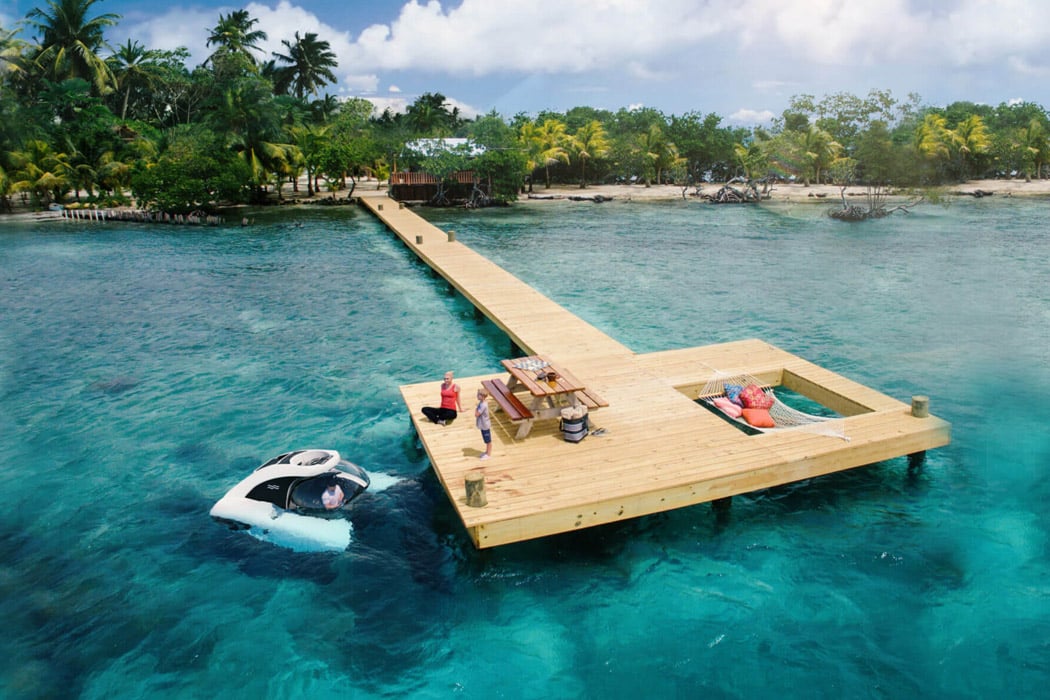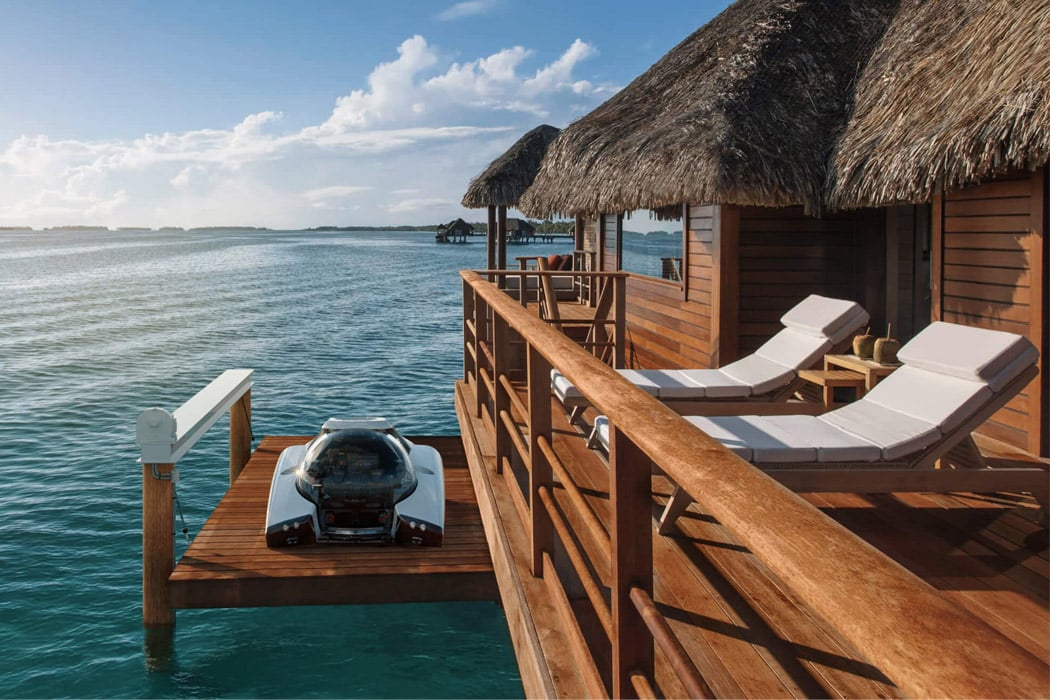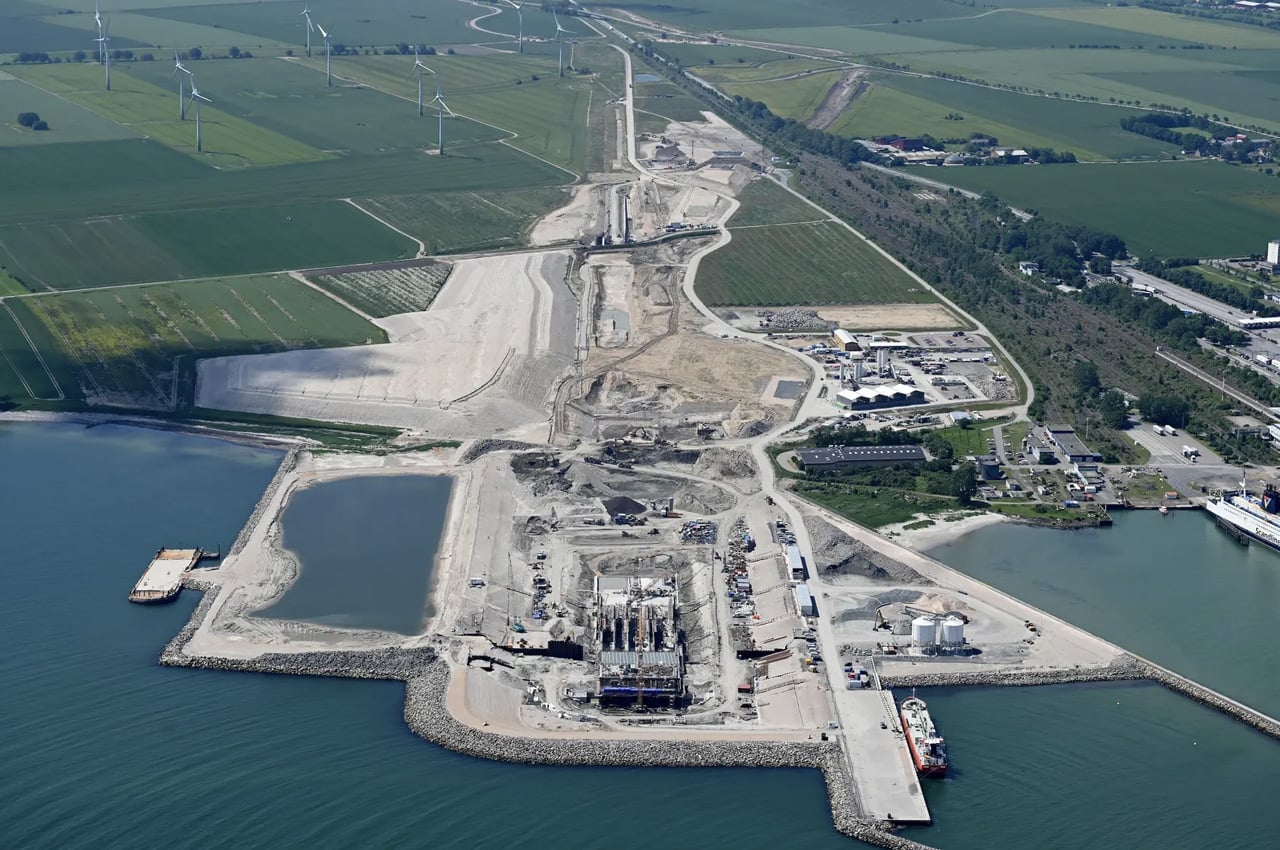
Set to open in 2029, an impressive underwater road and rail tunnel is being constructed in Europe! Dubbed the Fehmarnbelt Tunnel, it will connect Germany and Denmark, crossing around an 11.2-mile stretch of the Baltic Sea. The Fehmarnbelt runner or the Fehmarn Belt fixed link is being constructed by Femern A/S, Rambøll, Arup, and TEC. It is set to be the world’s longest-immersed tunnel, and the world’s deepest-immersed tunnel with road and rail traffic. In these claims, it is important to focus on the ‘immersed’ bit, since there are longer undersea tunnels like the Channel Tunnel. But despite that, this is still a really exciting and extraordinary project!
Designer: Femern A/S, Rambøll, Arup and TEC

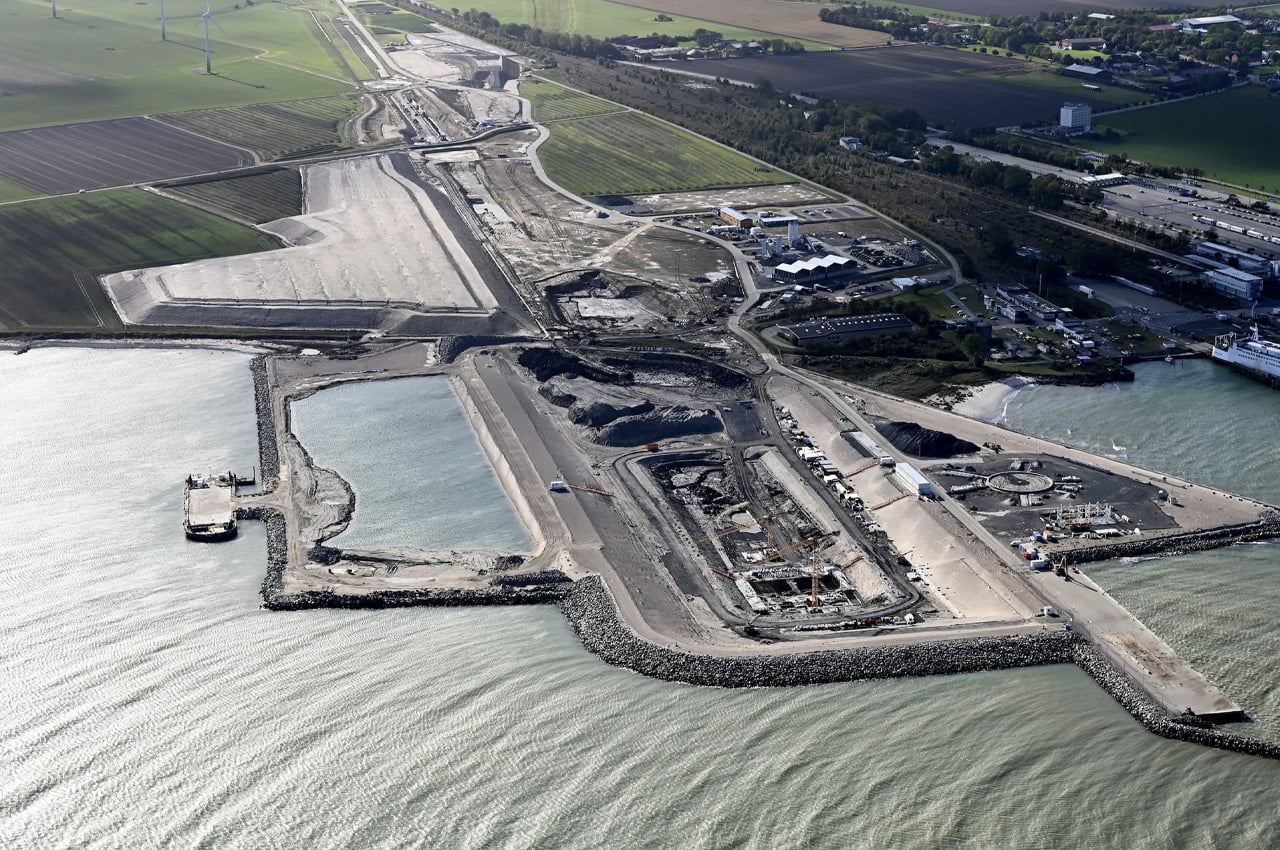
When the Fehmarnbelt Tunnel is completed, it will connect Rødbyhavn in Denmark and Fehmarn in Germany. It is set to be the shortest route between Scandinavia and the rest of Europe. People will have the option to take a seven-minute train journey or a ten-minute car drive across the Fehmarn Belt, instead of the forty-five-minute ferry. To build the expansive tunnel, 360,000 tonnes of rebar will be required, which is almost 50 times the weight of the Eiffel Tower’s metal structure. The site on the Danish section is the size of around 373 soccer pitches, and nearly 70 vessels were needed to dredge up the tunnel trench. As a whole, about 12 million cubic meters of soil was dredged up from the seabed.
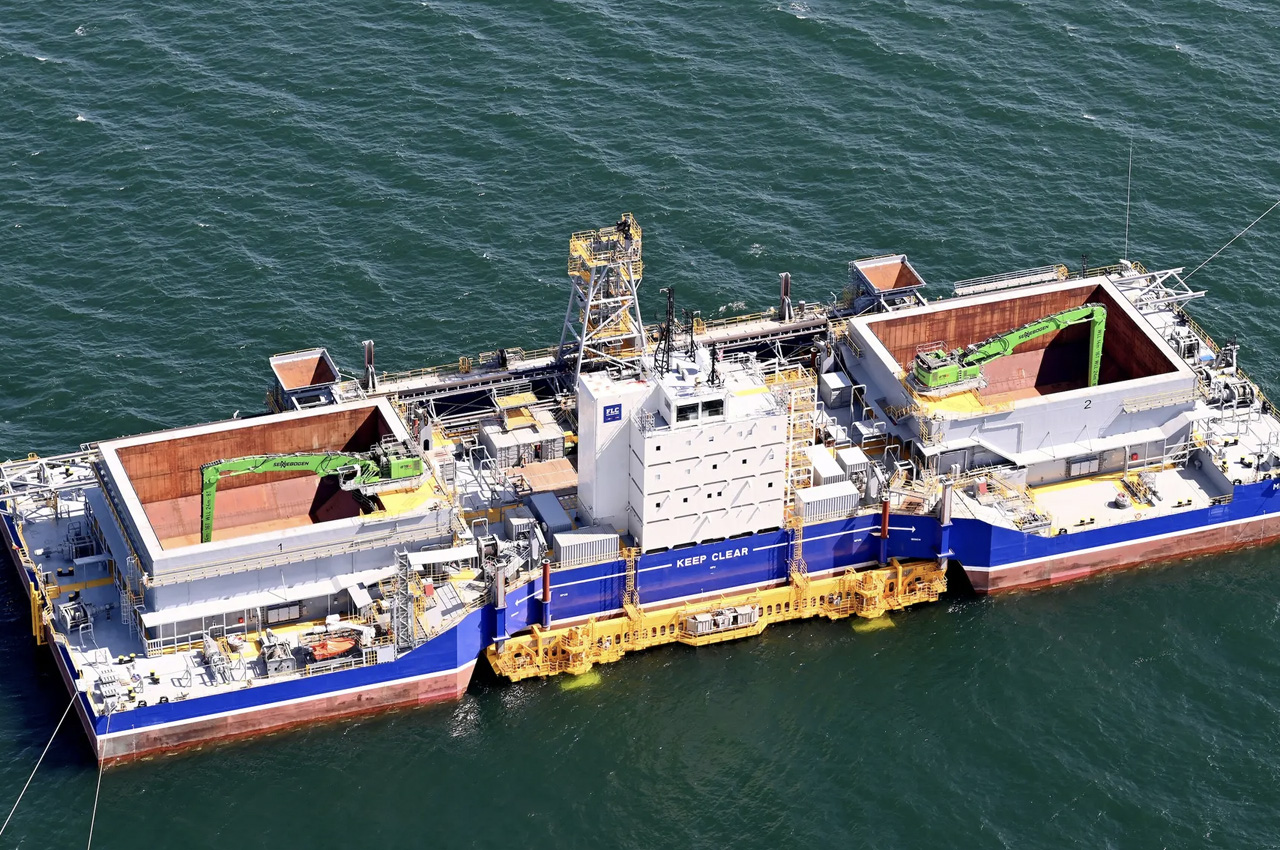
As you can see the tunnel is truly something to reckon with, and it will include 79 standard and 10 special sections. The standard sections will weigh around 73,000 tonnes, with a length of 217 m, and a width of 42m, and a height of 10m. The special sections will be more compact and will be half the length of the standard sections. Although, the width and height will be a little more. The tunnel portions will be first cast on land and then floated into place with the help of a barge. After which they will be submerged, and firmly positioned on the seabed at a depth of 40m.
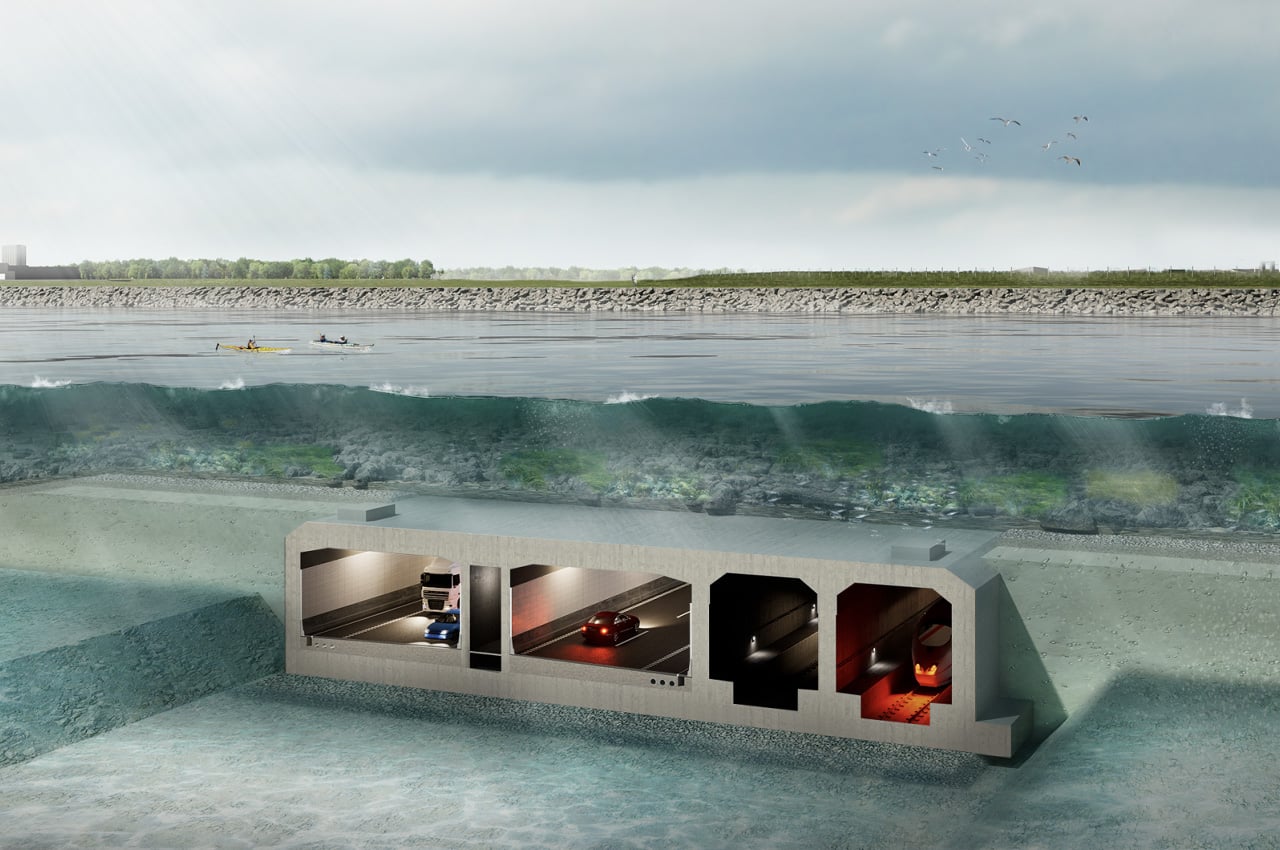
Such a mighty project will require a mighty budget to back it up. Currently, the budget for the Fehmarnbelt tunnel is around DKK8.4 billion or around US$1.2 billion. The first section of the tunnel was inaugurated by Denmark’s King Frederik X, and it will be sunk soon.
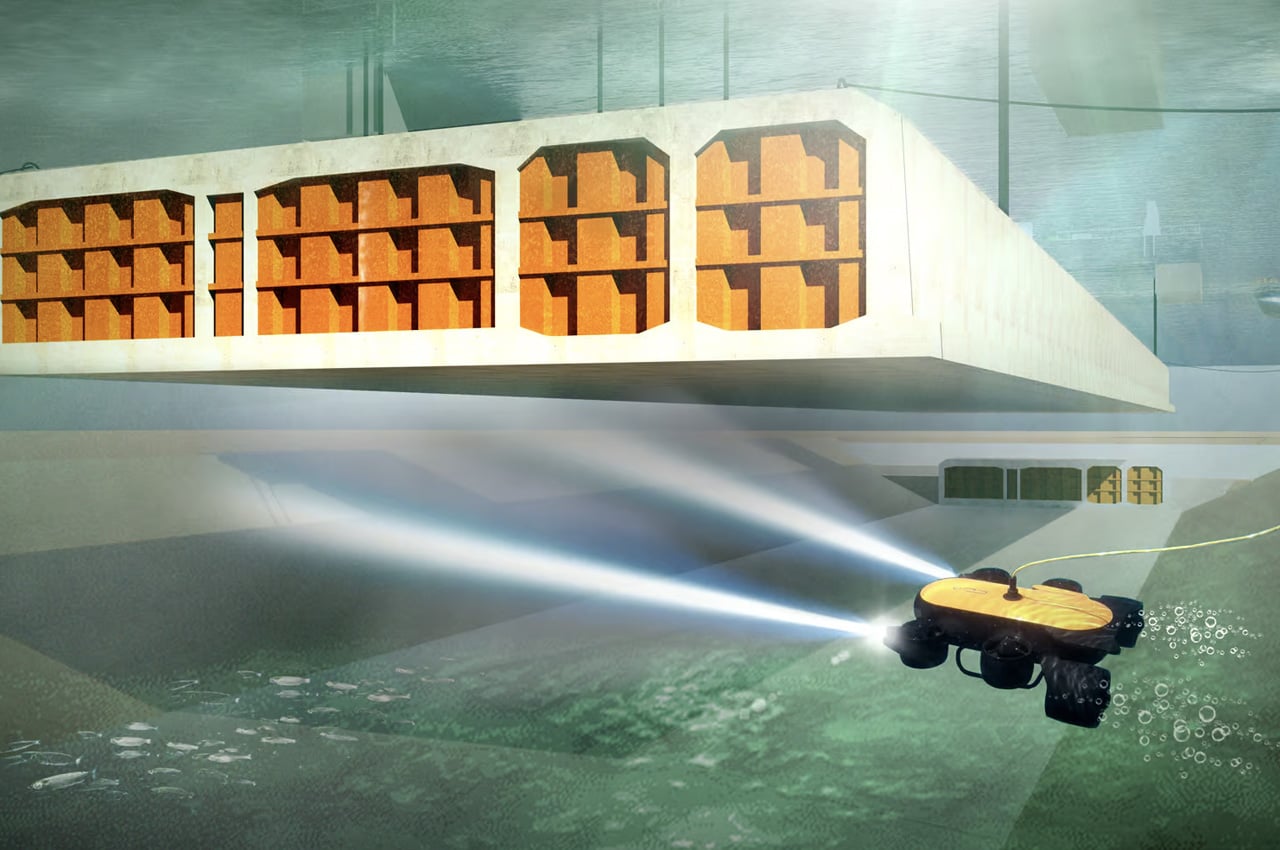
The post The World’s Longest Immersed Tunnel Is Set To Connect Germany & Denmark In 2029 first appeared on Yanko Design.
